Introduction
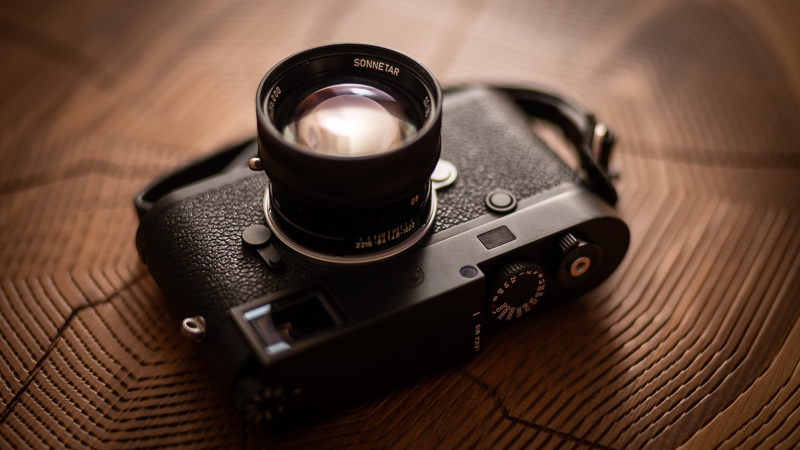
The MS-Optical 50mm 1.1 Sonnetar is probably Miyazaki’s most famous lens. While it wasn’t his first lens it was to my knowledge the first one that was produced in “greater” quantities and widely recognized across the globe.
As is still typical today for his lenses it is small, fast and quirky, so let us have a closer look…
Lens is being tested on 42mp Sony A7rII and 24mp Leica M10
Last Update: February 2023
Sample Images
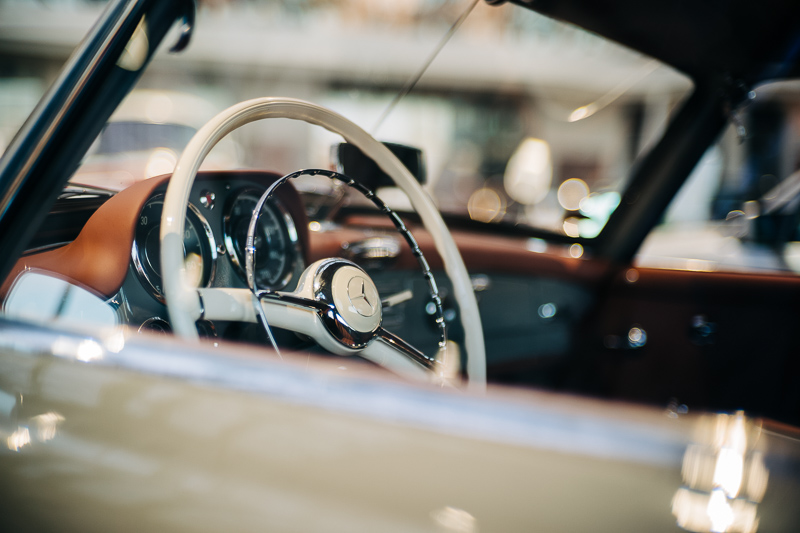
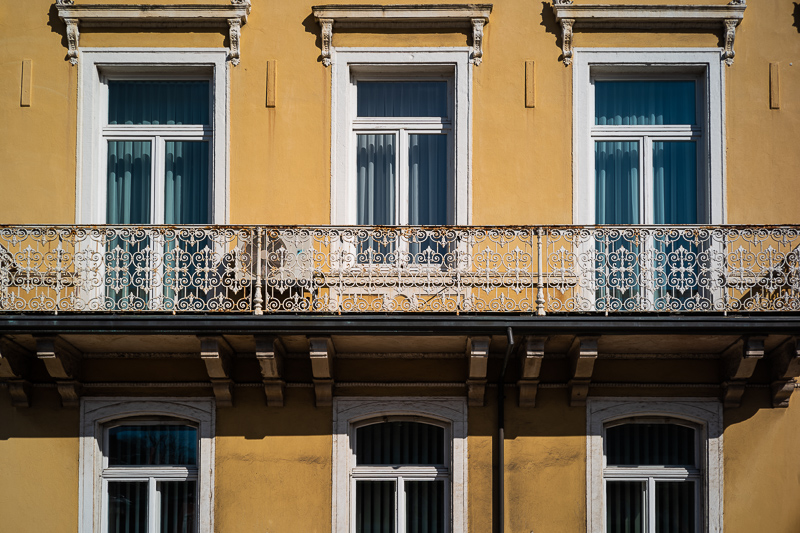
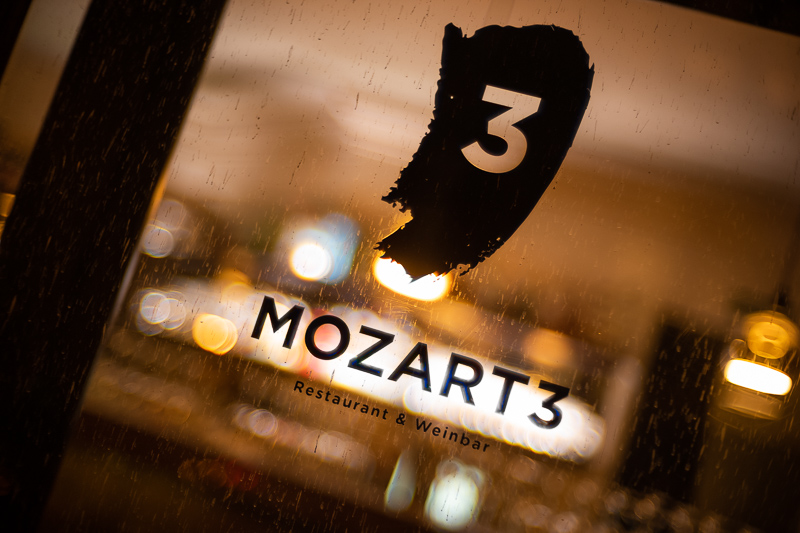
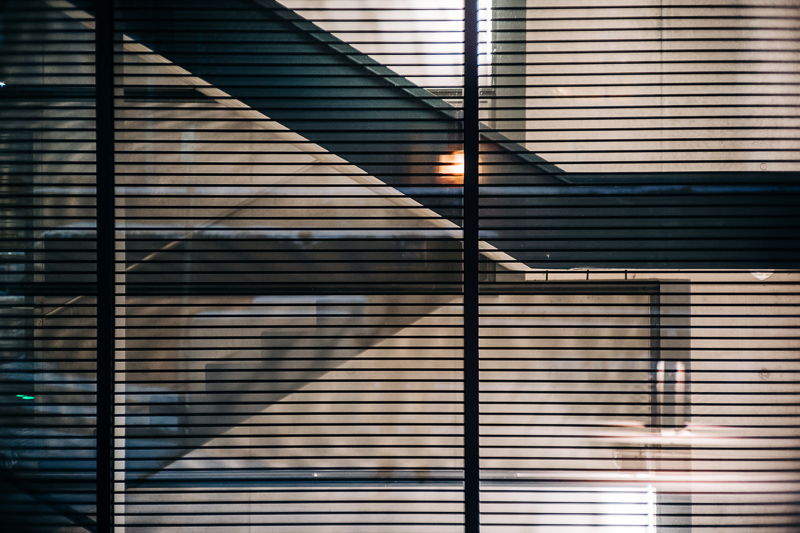
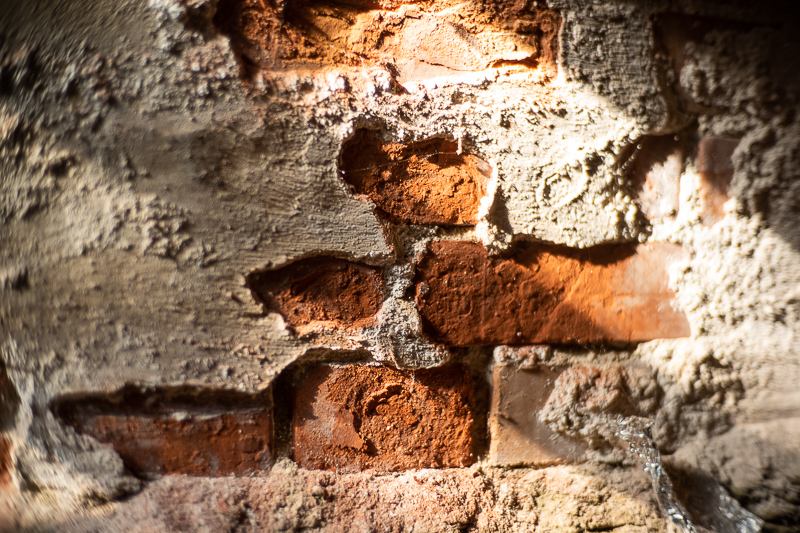
You can find most of the sample images in full resolution here.
Contents
Specifications / Version History
Miyazaki made several 50mm lenses, all covered in my Overview: MS-Optics M-mount lenses. I am reviewing the now famous MS-Optical 50mm 1.1 Sonnetar here which has the following specifications:
-
- Diameter: 56mm
- Field of view: 45.5° (diagonally)
- Length: 36mm
- Weight: 195g
- Filter Diameter: 52mm + 55mm (reverse) + 62mm (in lens hood)
- Number of Aperture Blades: 14 (rounded)
- Elements/Groups: 5/4
- Close Focusing Distance: 0.68 m (measured)
- Maximum Magnification: 1:10.8 (measured)
- Mount: Leica-M
For those that are not aware: the “company” name used to be MS-Optical-R&D but has then been changed to just MS-Optics
These days you can mainly find these lenses on ebay.com (affiliate link). Prices vary a lot as it seems collector’s are already after them, they start at roughly $1400
Disclosure
The MS-Optical 50mm 1.1 Sonnetar was kindly provided free of charge by japanexposures.com for reviewing purpose for a duration of 4 weeks.
Handling / Build Quality
As usual with MS-Optics there are a few things to point out here, especially when you are only used to the latest first party or even AF lenses.
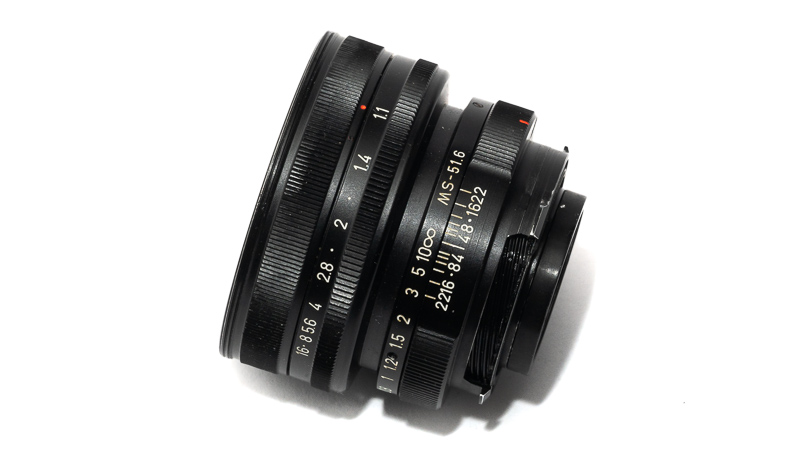
The focus ring travels ~90° from infinity to the minimum focus distance of 0.68 m. The focus ring is actually the whole front barrel (unit focus design), so aperture ring and front element also rotate when adjusting focus. So better first decide what aperture you want to shoot at, set it, and the focus.
The resistance of the focus ring as well as the aperture ring is very nice.
The aperture ring is also clickless and turns roughly 100° from f/1.1 to f/16.
The rotatable rear element servers as coma adjustment ring. It can also be used to some degree to calibrate the infinity hard stop and rangefinder coupling of this lens.
The lens comes with a short metal lens hood which will also block the rangefinder a bit:
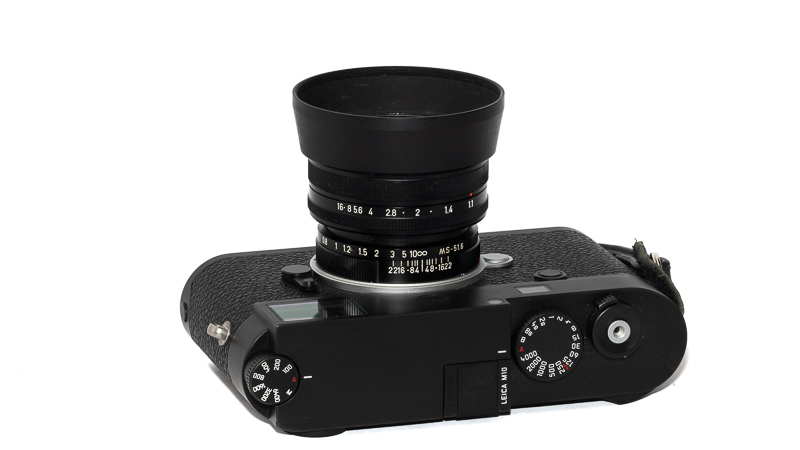
There are many ways to attach a filter to this lens. There is a normal 52mm thread, a reverse 55mm thread (which is also used for attaching the lens hood) and an additional normal 62mm thread at the front of the lens hood:
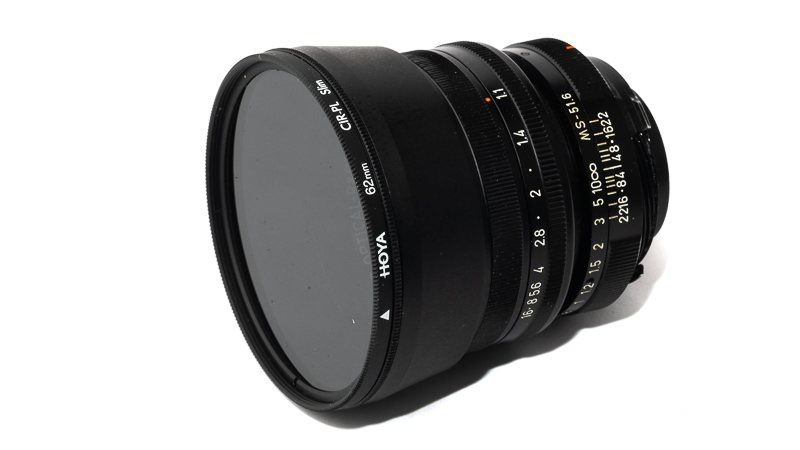
Unfortunately attaching a 62mm polarizer on the hood leads to severe vignetting:
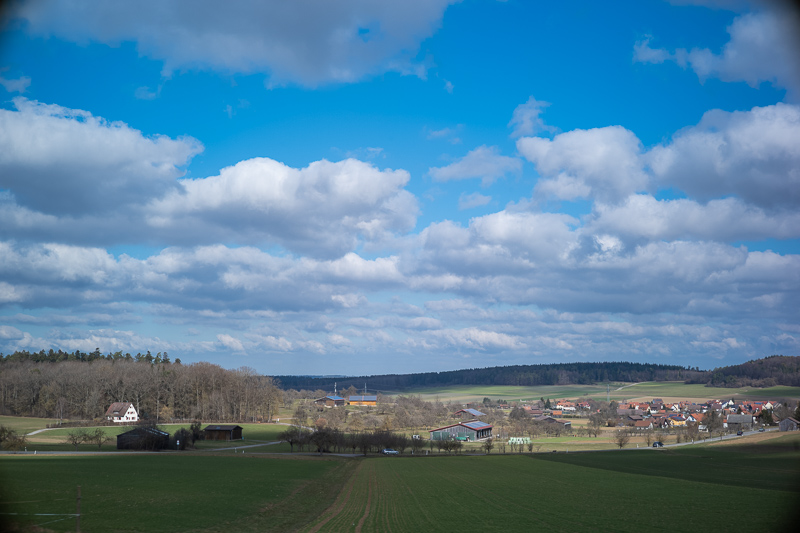
The lens is similar in size and weight to the MS-Optics 50mm 1.0 ISM, and less than half the weight of the TTArtisan 50mm 1.4 and also much smaller, as can be seen from this comparison:
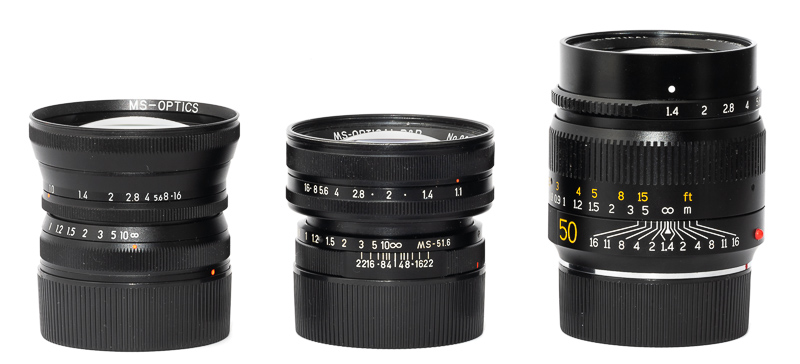
As is the case with all MS-Optics lenses I have used so far on the Leica M10 the 6-bit-code-reader is not fully covered and therefore under bright light the camera will often think you changed the lens and throw you ouf of live view should you be using that. I added a small piece of duct tape which solves the issue.
This is what the lens will look like on your Sony camera:
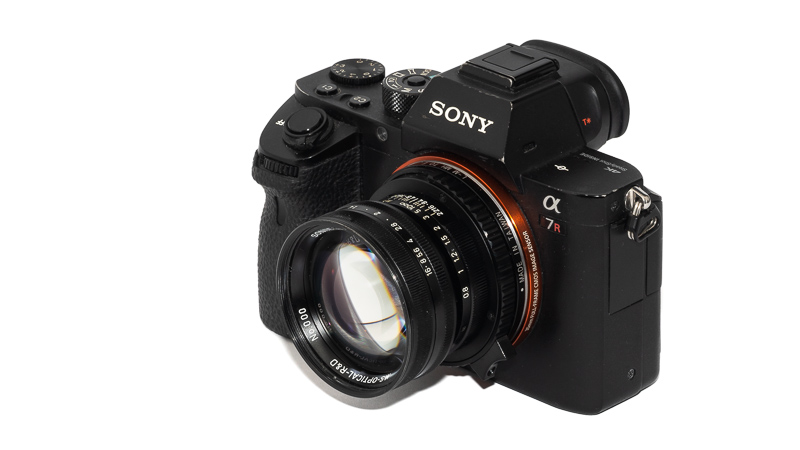
Vignetting
light falloff
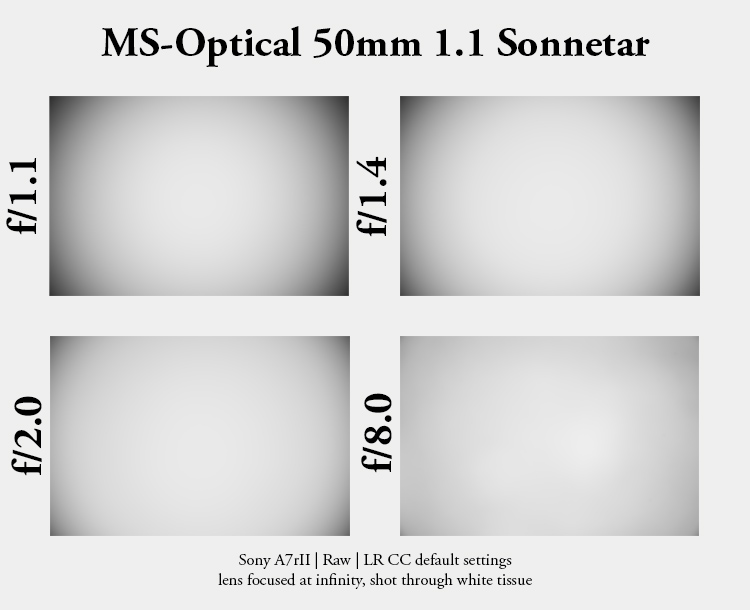
The lens is very fast and very small, so we are expecting high vignetting. At f/1.1 I measure 4.0 EV in the extreme corners,
at f/1.4 I still measure 3.7 EV, at f/2.0 it improves to 2.9 EV. At f/4.0 it is 2.2 EV and further improves to 2.0 EV at f/8.0.
The values are about 1 EV higher than those of the Voigtlander VM 50mm 1.2 but also a bit better than those of the MS-Optics 50mm 1.0 ISM.
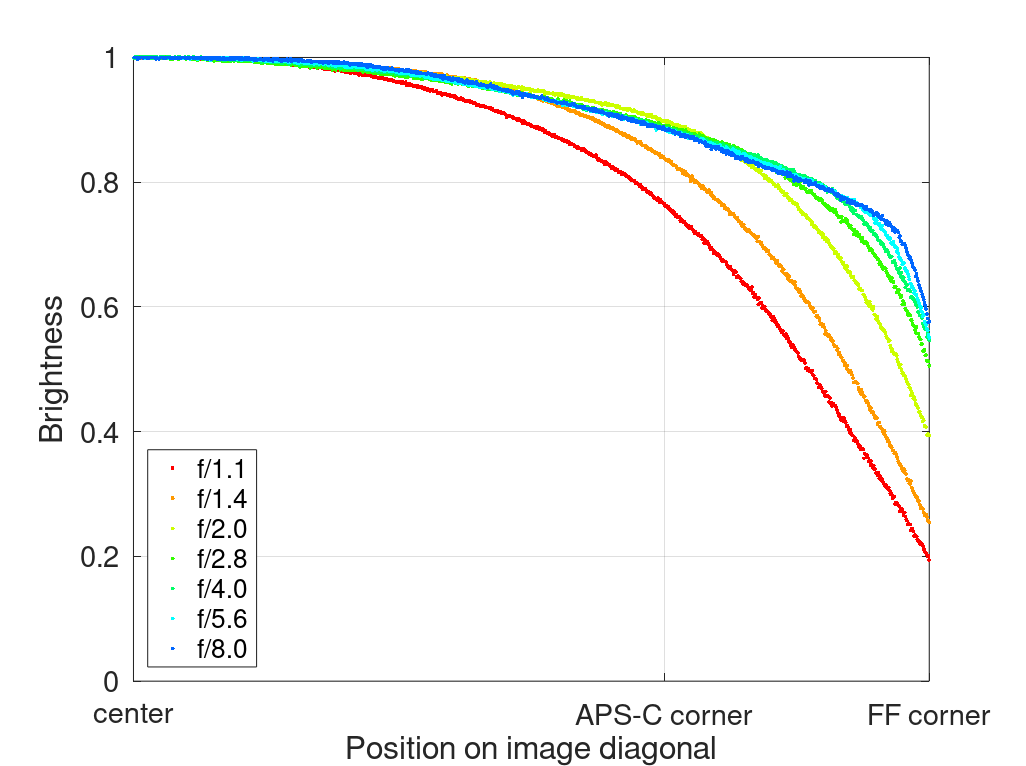
It is recommended to have a look at this article first to get an idea how this brightness graph works.
optical vignetting
Very fast yet compact lenses usually show a significant amount of optical vignetting. Without going too much into technical details optical vignetting leads to the truncation of light circles towards the borders of the frame.
In the center of the frame almost every lens will render a perfect circle, but only lenses with very low optical vignetting will keep this shape in the corners.
So in the following comparison we move from the center (left) to the extreme corner (right) and see how the shape of the light circle changes.
Similar to the MS-Optics 73mm 1.5 Sonnetar there are some strange light spill artefacts visible close to the center at maximum aperture. The shape of the out of focus point light sources is also rather unnatural and closer to trapezoids or even rectangles, opposed to the more common and natural shape of cat’s eyes.
For comparison’s sake I included the MS-Optics 50mm 1.0 ISM which does look a bit cleaner and more natural here.
As the MS-Optics lens does not use any aspherical elements we see no onion rings and the 14 rounded aperture blades keep the circles nicely round on stopping down.
I did not shoot both lenses side by side, so the size of the circles is not directly comparable here.
Sharpness
MTF-Graphs
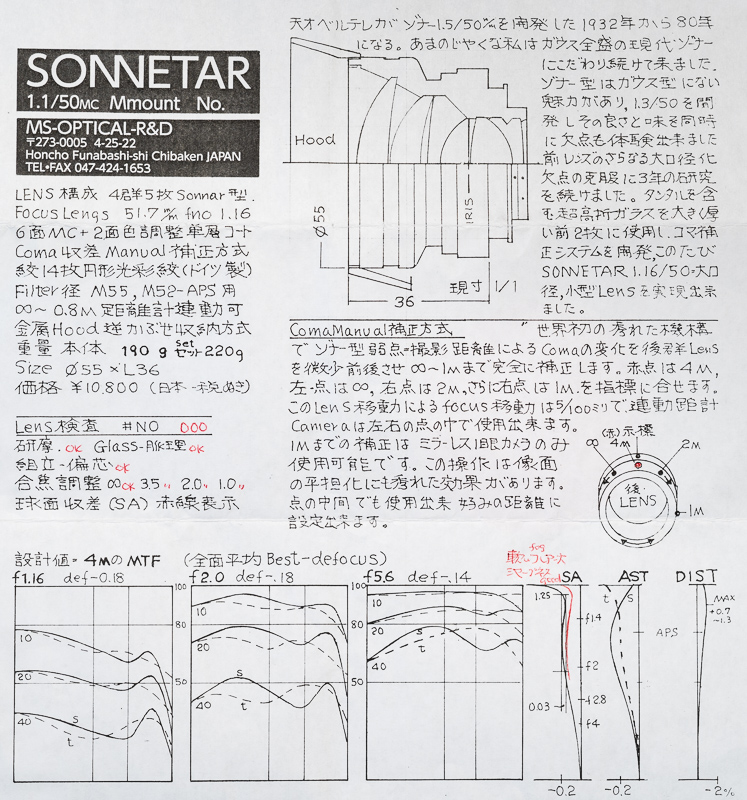
The MS-Optics lenses always come with hand-drawn MTF-graphs which do give a pretty good idea of what to expect.
What we see here is decent resolution and contrast at maximum aperture. Astigmatism is generally well corrected, as is ofteh the case with Miyazaki’s lenses. We also see lots of hints of high field curvature though.
infinity (42mp Sony A7rII)
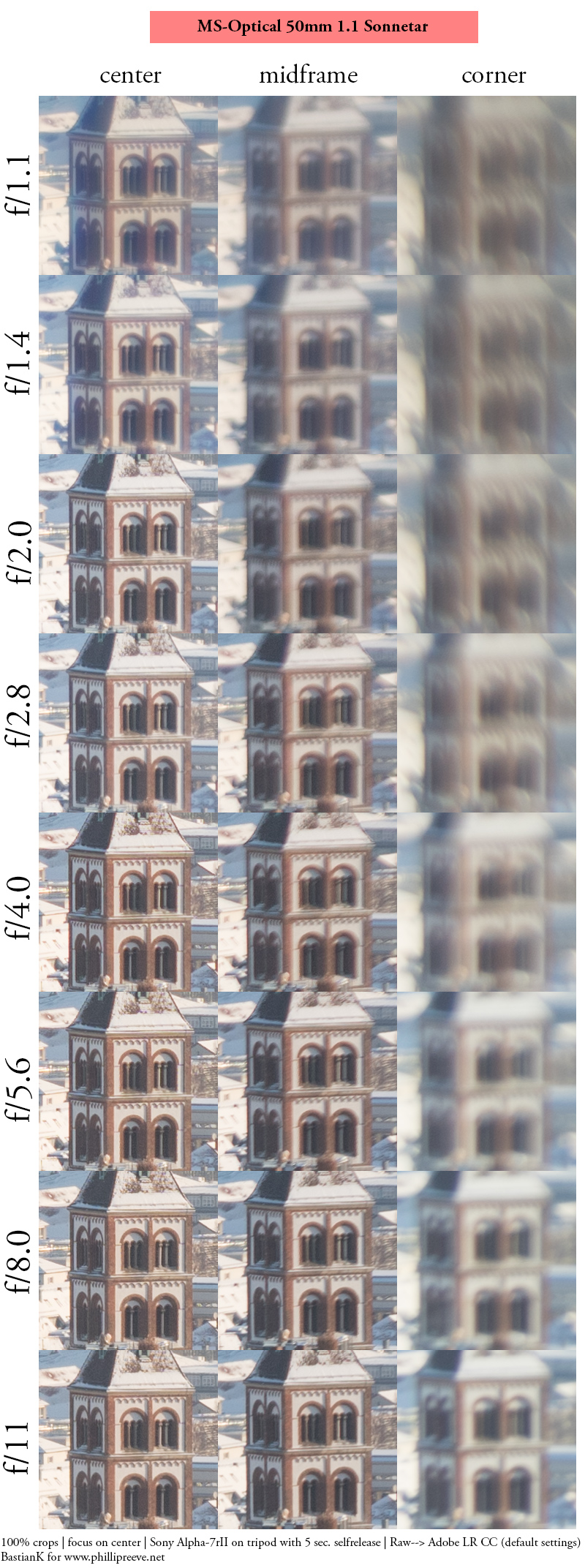
Wide open and also at f/1.4 we see quite a bit of glow (spherical aberration) in the center, this improves steadily on stopping down but watch out for focus shift. By f/2.0 the center part good resolution and contrast.
The midframe is nothing to write home about on the Sony filter stack. As usual I am showing you the worst part of the frame here. We deal not only with the lens aberrations but also with filter stack induced field curvature here. Stopped down to f/11 the midframe looks decent, not more.
Corner resolution always sucks, at wider apertures so much that it will often unintentionally catch the viewer’s attention.
Let us see in the next section how the lens performs on a camera with a thinner filter stack.
infinity (24mp Leica M10)
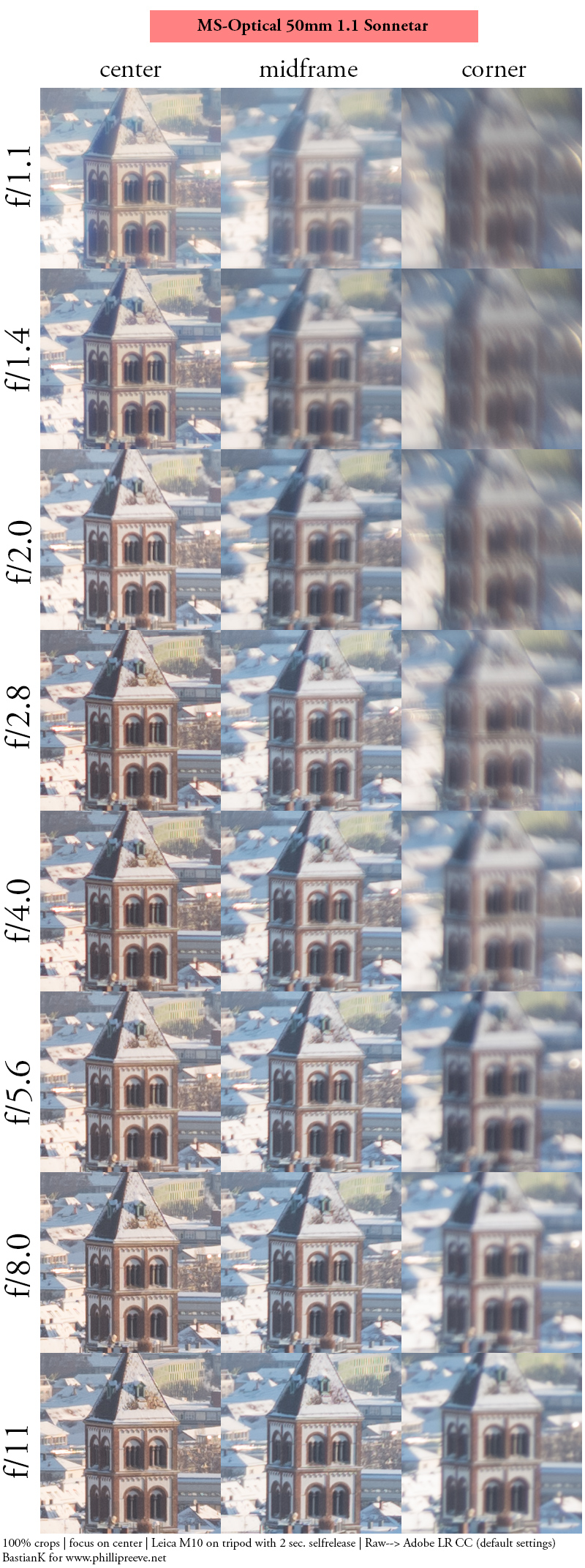
Center looks very similar to what we have seen on the Sony camera, which isn’t surprising.
Midframe may look slightly better but not nearly enough to get excited about and actually same is true for the corners.
The situation here is quite a bit different compared to the MS-Optics 50mm 1.0 ISM. While the differences in center and midframe aren’t noteworthy, the f/1.0 lens shows decent corners at max. aperture that turn abysmal on stopping down.
If you are looking for a lens for stopped down infinity shooting – even if it was just occassionally – this is not your lens. Every cheap legacy SLR 50mm 1.8 lens (e.g. the recently reviewed Canon FD 50mm 1.8) will do much better here.
portrait distance (1.4 m)
For portraiture it isn’t so important how flat the field is, it is more interesting to see what the sharpness is like when focused at different parts of the frame to take field curvature (and also focus shift) out of the equation, especially when dealing with lenses with a high amount of field curvature and focus shift like the MS-Optics 50mm 1.1 Sonnetar.

This is what I did here, I refocused for every shot and aperture to get the best possible result at different locations in the frame (center, inner midframe and outer midframe).
Focus distance was roughly 1.4 m and the circle of the dollar bill is more or less the size of a human eye.
Sony A7III <—> Leica M10
100% crops, Sony A7III, Leica M10
The 50mm 1.1 Sonnetar is a bit soft at maximum aperture and while it performs better on the Leica M10 – which is often the case for fast M-mount lenses that have not been designed for the thicker filter stack of the Sony cameras – the outer midframe really doesn’t look good on either camera, showing lots of astigmatism.
The MS-Optics 50mm 1.0 ISM is doing a much better job at these distances, showing higher resolution (also in the center) and less astigmatism.
close (0.67 m, 1:10.8)
100% crops from center, Sony A7rII
The MS-Optical 50mm 1.1 Sonnetar focuses a little closer than the advertised 0.8 m, I measured 0.67 m. Of course it does not feature a floating elements design and the performance at close distances at wider apertures is nothing to write home about. At f/1.1 contrast and resolution are very low, the MS-Optics 50mm 1.0 is again doing a better job here. If you stop down to f/2.8 or further you can still enjoy contrasty and crisp results though.
Flare resistance
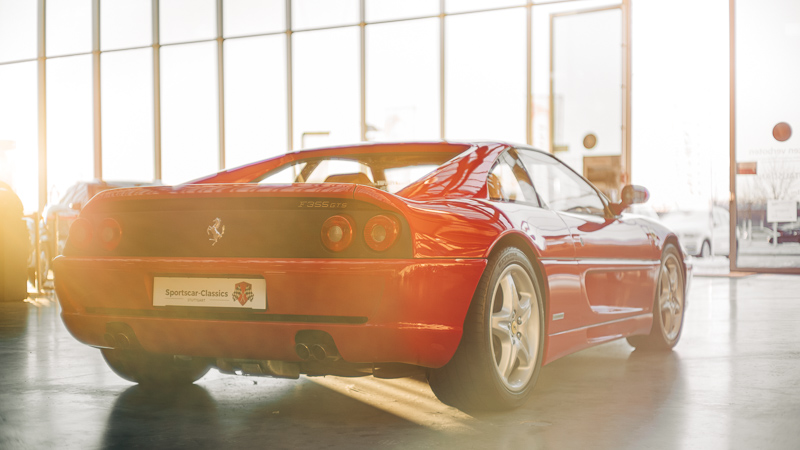
As always evaluating flare is a complex matter since you can get any lens to look bad if you push it hard enough and a slight change of scenario can affect results a lot.
I shot some scenes side by side with the MS-Optics 50mm 1.0 ISM and the Sonnetar showed a clearly worse performance. Veiling flare is a really big problem, no matter whether you are using the hood or not and no matter whether the sun is inside or outside the frame.
With point light sources at night also rainbow artefacts can be an issue.
Coma
100% crops from extreme corner, Sony A7III
As we have seen in the sharpness section the corners never look particularly great and it looks coma might be a reason for that. You may be able to fine tune the performance a bit by rotating the rear element.
Distortion
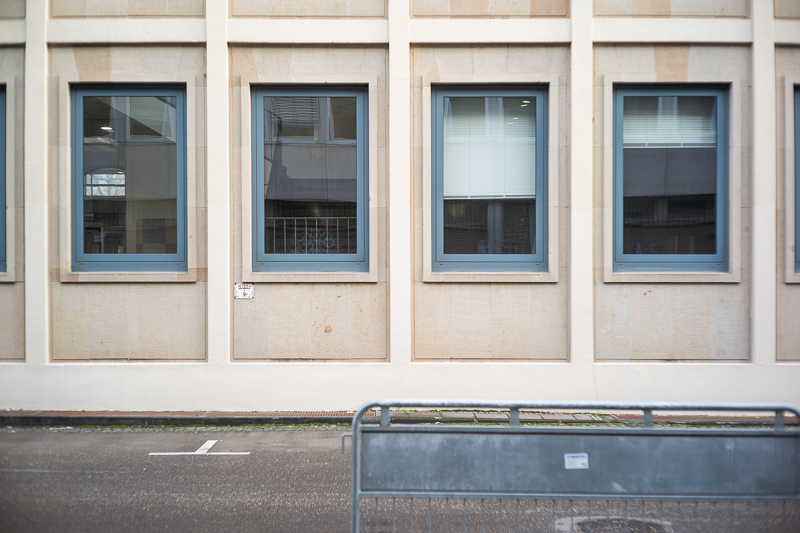
Distortion over most parts of the frame is very low, but towards the corners it becomes visible and is also a little wavy.
Sunstars
The MS-Optical 50mm 1.1 Sonnetar is using 14 rounded aperture blades and it is really hard to push it to produce sunstars at all. Most probably the alignment of the blades is not perfect (which is often the case with a high number of aperture blades).
If you want to learn more about this topic have a look at this article.
Bokeh
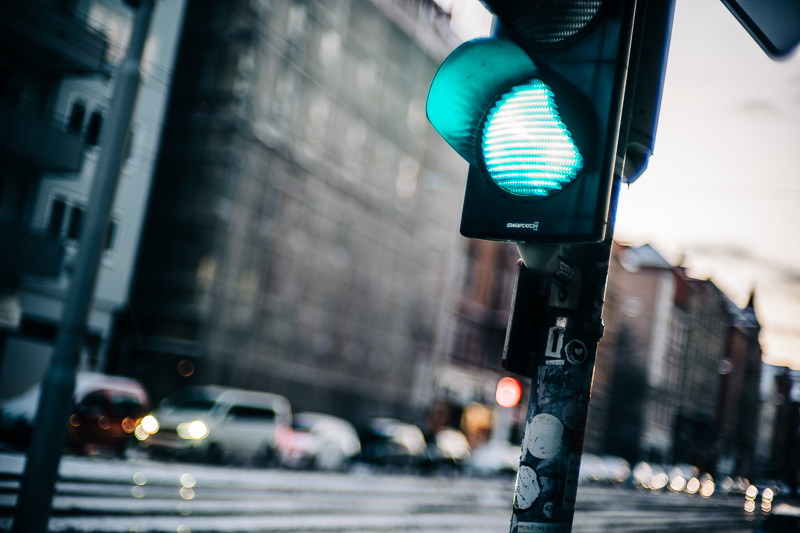
Sonnar lenses are known for smooth but also for funky bokeh rendering. Which one it is depends on focus distance, background and the aperture you are shooting at.
At the maximum aperture we see less outlining compared to the MS-Optics 50mm 1.0 ISM, but we do see some other issues instead. Off center the circles of highlights “deteoriate”, at f/1.1 it looks a bit like the circles are broken on the side facing away from the center. This improves greatly on stopping down to f/1.4.
There is one advantage to this though: in and close to the center the bokeh is really smooth at maximum aperture, almost reminds me of an STF lens.
Furthermore highlights take on an almost rectangular shape towards the corners, I find this even more distracting than the typical cat’s eye shape, but this is subjective, so your mileage may vary here.
Taking pictures with complex backgrounds at or near the maximum aperture can lead to really busy bokeh, even when focusing very close:
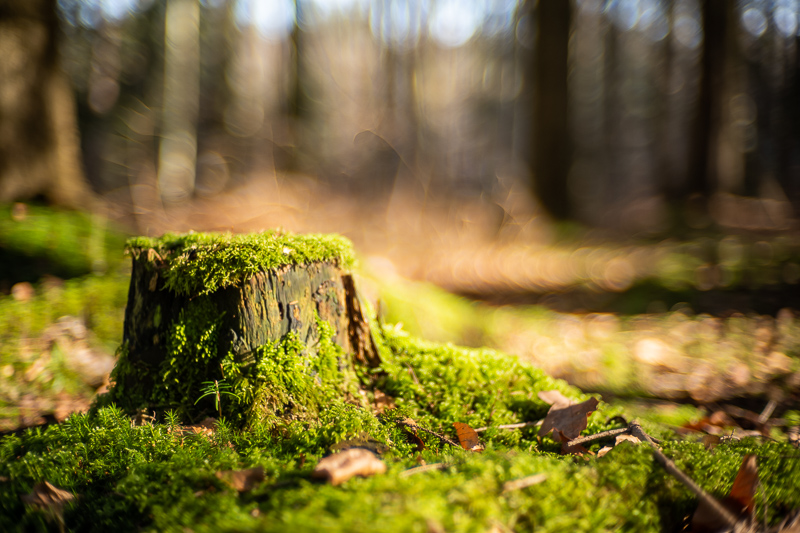
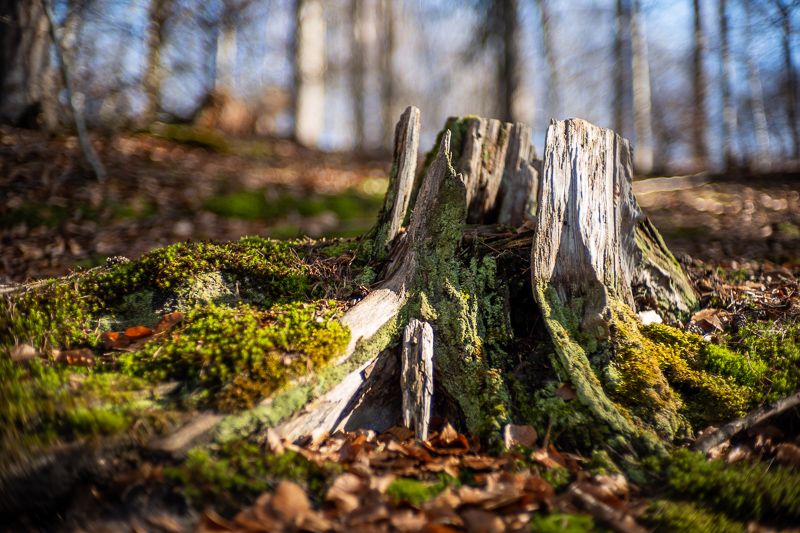
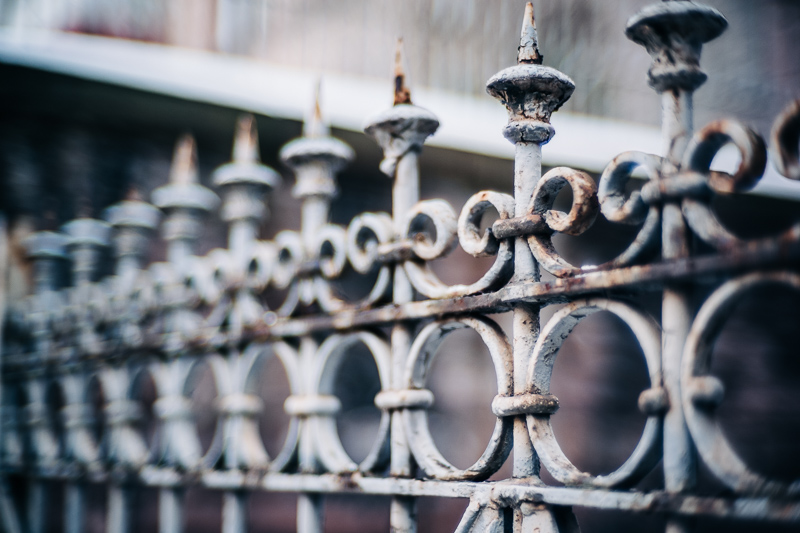
Also city lights can lead to rather busy bokeh. I know some of you like this look, if you prefer smoother (like me) have a look at the TTArtisan 50mm 1.4 or the Voigtlander 50mm 1.2 instead.

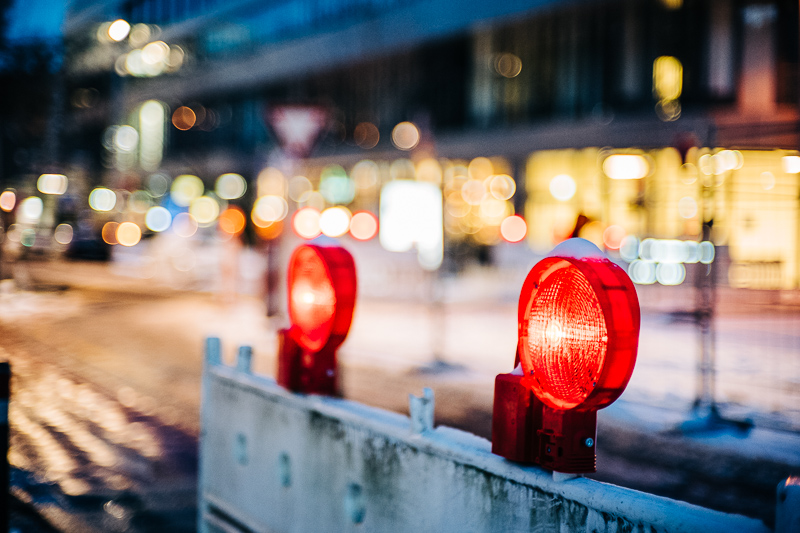
The MS-Optical 50mm 1.1 Sonnetar also has a bit of an issue with field curvature at longer focus distances (2-3m) that will make the corners pop into focus even though you actually focused on something much closer. I find this very distracting and it becomes really obvious when comparing it to another lens that does not show these issues like the MS-Optics 50mm 1.0 ISM, as can be seen from this comparison (focus is on the front of the Lotus, compare the boat and the pictures/screens on the wall in the top right corner):
A few more examples showing this behaviour:
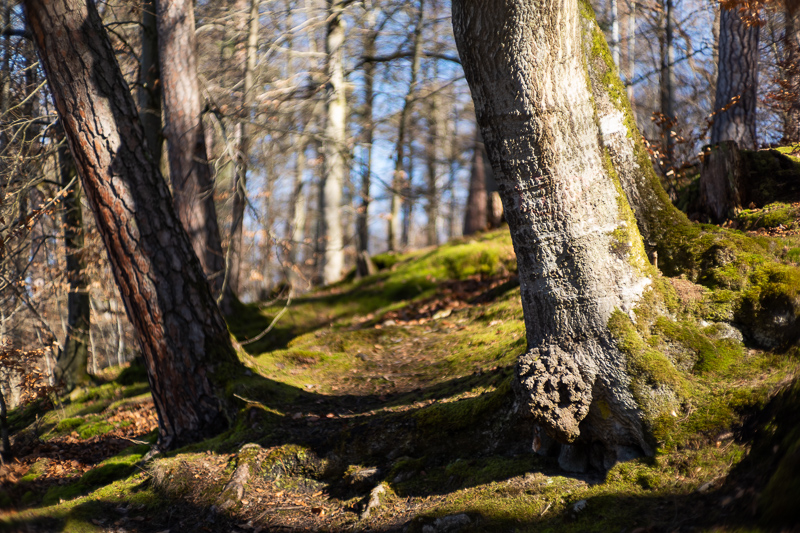

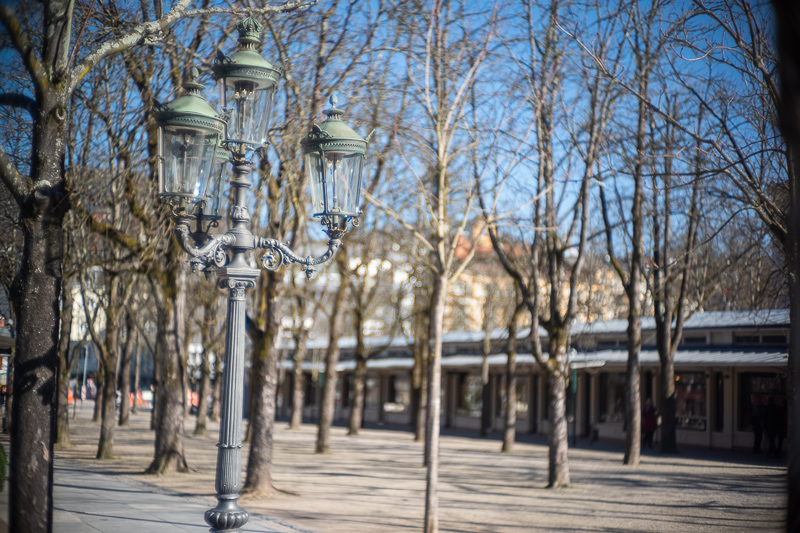
Lens rendering and bokeh are a subjective matter. Some people may prefer more outlining to avoid onion ring patterns caused by aspherical elements in modern designs, others will aim to have the least amount of optical vignetting and so on.
Nevertheless: I doubt that anyone actually likes the bokeh issues caused by the high field curvature shown above. I find it extremely distracting and it would be (actually is) a reason for me to avoid this lens altogether.
If you are mainly using the lens at closer distances you should rarely encounter this issue in your pictures though.

Chromatic Aberrations
lateral
100% crops from border, A7rII
Lateral CA are quite pronounced, they can mostly be corrected in camera (for Jpegs) or in a raw developer like Lightroom by one click.
longitudinal
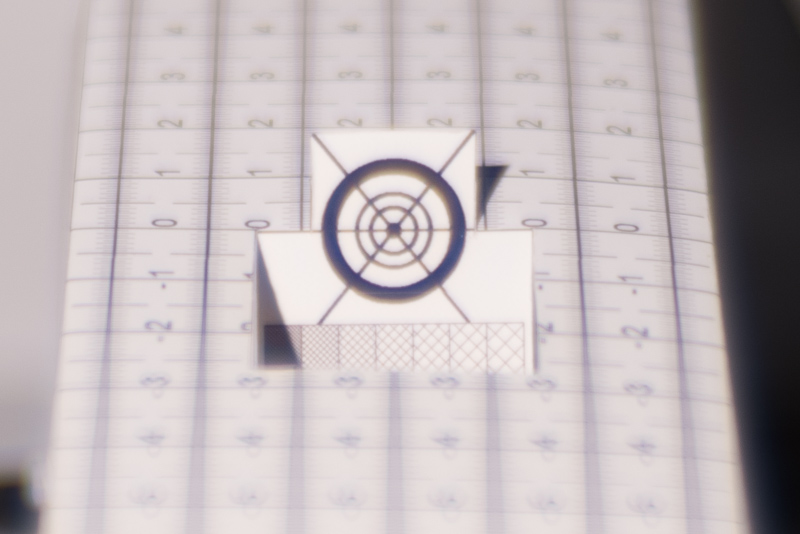
The MS-Optics 50mm 1.1 has very high spherical aberration at the maximum aperture at closer distances which masks the longitudinal CA to some degree. There are plenty of color aberrations visible though.
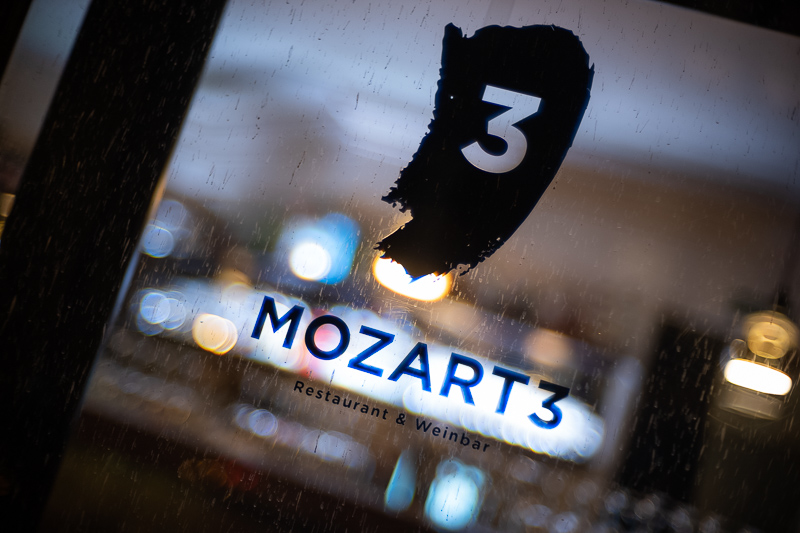
At longer distances the MS-Optical 50mm 1.1 Sonnetar shows very noticeable purple fringing and also some colorful outlining. So in direct comparison the MS-Optics 50mm 1.0 ISM is doing a better job.
Leica M10 | MS-Optical 50mm 1.1 Sonnetar | f/1.1
Focus shift
50% crops, A7rII
If you know a thing or two about Sonnar lenses you will expect a fair amount of focus shift and oh boy, the MS 50mm 1.1 Sonnetar does not disappoint here, it might have even set a new record.
Due to this massive focus shift I can really not recommend to rely on the rangefinder when using this lens at wider apertures, better stick to liveview if possible.
If you are using a digital camera without liveview (or a film camera for that matter) maybe consider using the coma adjustment ring to calibrate the rangefinder coupling for the aperture you want to use most.
The MS-Optics 50mm 1.0 ISM shows significantly less focus shift.
Alternatives
MS-Optics 50mm 1.0 ISM:
In many of the above sections I already talk about the differences between these two lenses. Personally I prefer the 1.0/50 ISM for less field curvature at longer distances, better flare resistance and being sharper at f/1.4. In some close focus scenarios the Sonnetar can show nicer bokeh rendering though, the infinity corners look a bit better (still not good) and vignetting is a little better as the corners aren’t simply black at infinity (unless you use a filter).
MS-Optics 50mm 1.3 Sonnetar:
This is the latest fast 50mm MS-Optics lens and actually also the most user friendly. A great choice to get an idea of these exotic lenses. Being “only” f/1.3 it doesn’t sound as spectacular as this f/1.1 or the f/1.0 ISM though.
Mr. Ding 50mm 1.1:
While both are 50mm lenses with a maximum aperture of f/1.1 they could hardly be more different. This Mr. Ding 50mm 1.1 is a compact modern 50mm lens with super smooth bokeh and surprisingly good sharpness. For $400 it is also a real bargain.
If you are a Sony user it even pairs really well with the Techart LM-EA9 autofocus adapter.
buy from official Mr. Ding Studio shop or ebay.com (affiliate links) for $399
TTArtisan 50mm 0.95 M:
Probably the currently most sold f/0.95 M-mount lens. More than 4 times the weight and much bigger, but also more affordable. Corners at infinity also never look great, smoother bokeh, less field curvate, less SA at some distances, similarly bad flare resistance.
buy from amazon.com/amazon.de, B&H or ebay.com/ebay.de for about $755/860€ (affiliate links)
Zhong Yi 50mm 0.95 M:
In terms of look of the pictures I prefer it over the aforementioned TTArtisan lens, but it also comes with quite a few compromieses, especially flare resistance and off center sharpness at wider apertures. It is also 4 times the weight of this MS-Optics lens.
buy from amazon.com or B&H for $799 (affiliate links)
Leica Noctilux-M 50mm 0.95:
I have never used this lens personally, mainly due to it being roughly 12 grand. At 4 times the weight I expect higher sharpness, better build quality and better flare resistance.
buy from amazon.com | amazon.de | B&H | ebay.com | ebay.de for $12.500 (affiliate links)
7Artisans 50mm 1.1:
The 7Artisans lens is much bigger and heavier but the look of the images produced is actually not that different as both lenses are rather funky at f/1.1 and show very high field curvature.
buy from amazon.com | amazon.de | B&H | ebay.com | ebay.de for $349 (affiliate links)
Voigtlander VM 50mm 1.2 Nokton:
See E-mount version above.
buy from CameraQuest | B&H | amazon.com | ebay.com | ebay.de for $1.059 (affiliate links)
TTArtisan 50mm 1.4:
Even if we don’t take into account the low price this is a great lens. Very smooth bokeh and at the same time high contrast and resolution. If we take the low price into account this becomes a real bargain. Too bad it is also 400g heavy.
buy from amazon.com | amazon.de | B&H | ebay.com | ebay.de for $369 (affiliate links)
Conclusion
When one of my colleagues here asked me “what is the difference between the MS-Optics 50mm 1.0 and the older 50mm 1.1?” I said they mainly suck in different ways.
It may sound harsh, but from a technical point of view this is clearly true. The f/1.0 lens shows black corners and abysmal corner resolution stopped down as well as loads of spherical aberration at the maximum aperture. The f/1.1 lens has very unsightly field curvature ruining the bokeh at many distances, off center sharpness at wider apertures is nothing to write home about and loCA correction is noticeably worse.
And if you rely on the rangefinder to focus: you are in for a wild focus-shift-ride.
Yet the MS-Optical 50mm 1.1 Sonnetar is a lens that has quite the following and therefore has already become a collector’s item. Honestly I think this has more to do with the “idea” of a one-man-lens-manufactory making these adorable, quirky, small lenses rather than their optical qualities and the “industrial look” of the casing surely helps to convey this idea.
When in the market for a small quirky 50mm lens I personally prefer the MS-Optics 50mm 1.0 ISM for my kind of shooting, as it is a comparably capable f/1.4 lens that yields to my eyes much nicer bokeh at the distances I care about. The latest MS-Optics 50mm 1.3 Sonnetar also gives more likable results while being easier to handle as well.
But ultimately these lenses are all about being different and maybe this is the type of different you like.
These days you can mainly find these lenses on ebay.com (affiliate link). Prices vary a lot as it seems collector’s are already after them, they start at roughly $1400
Further Sample Images
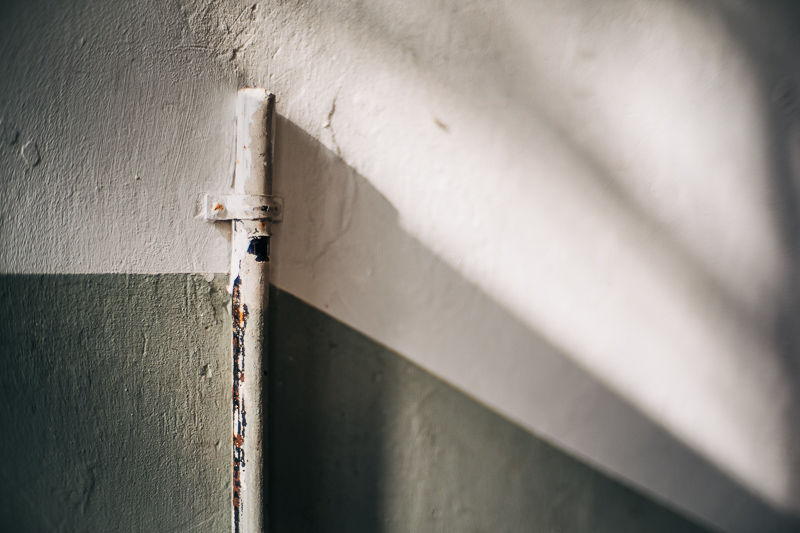
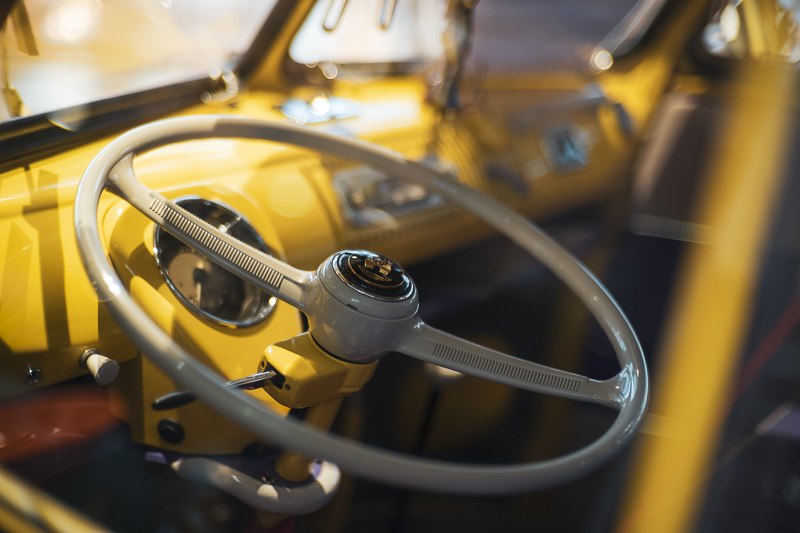
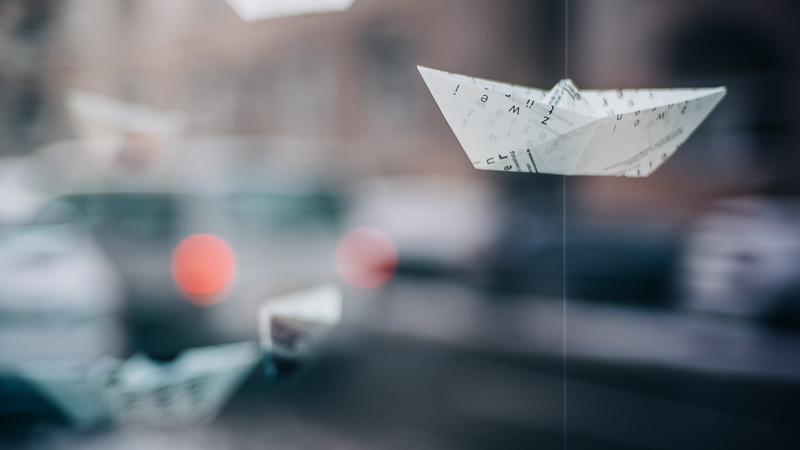
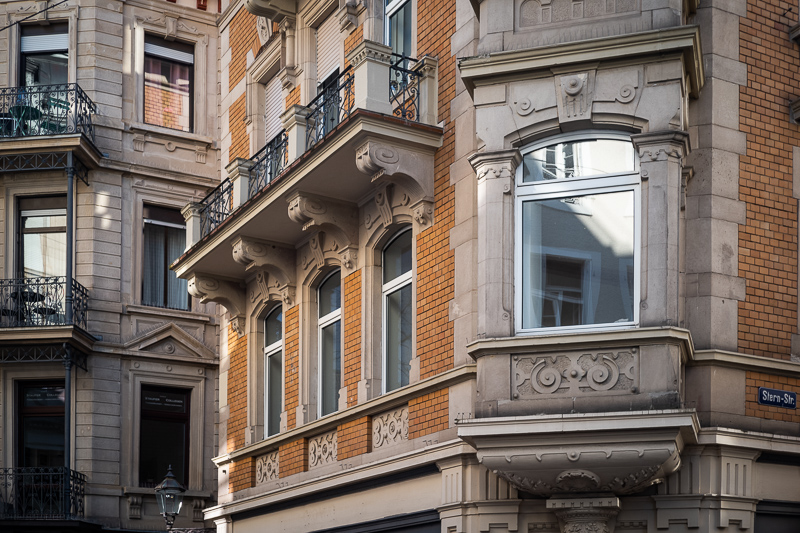
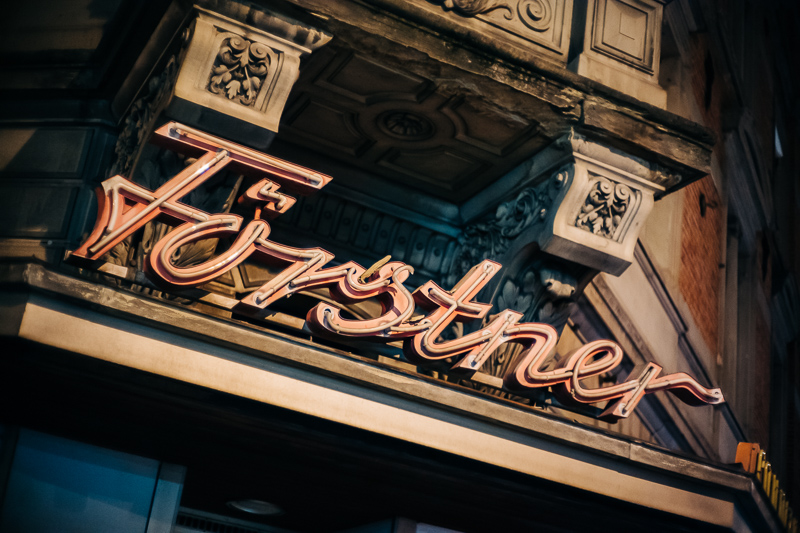

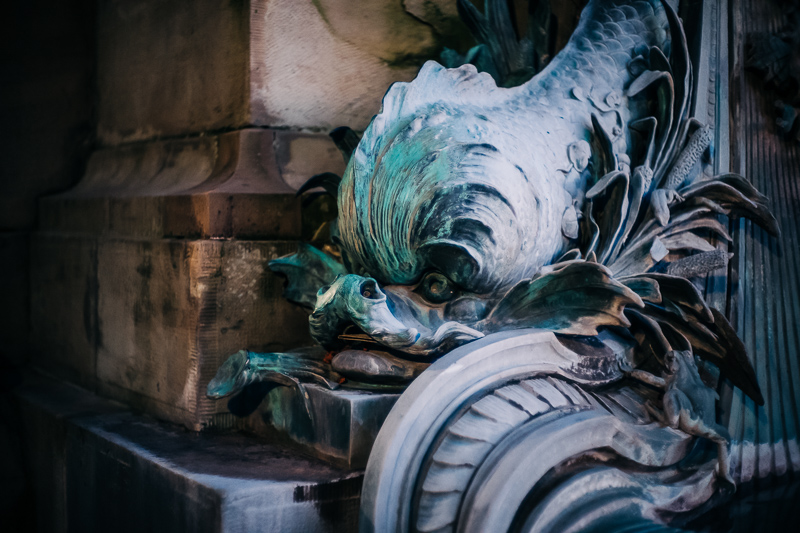
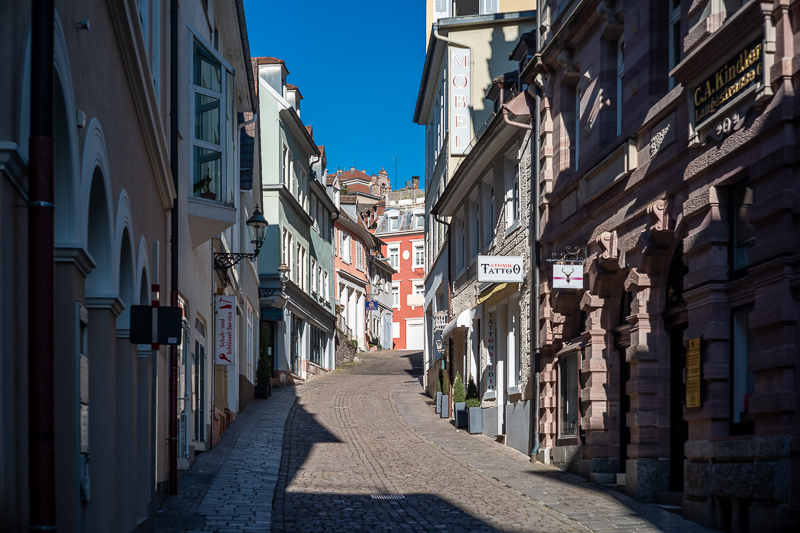
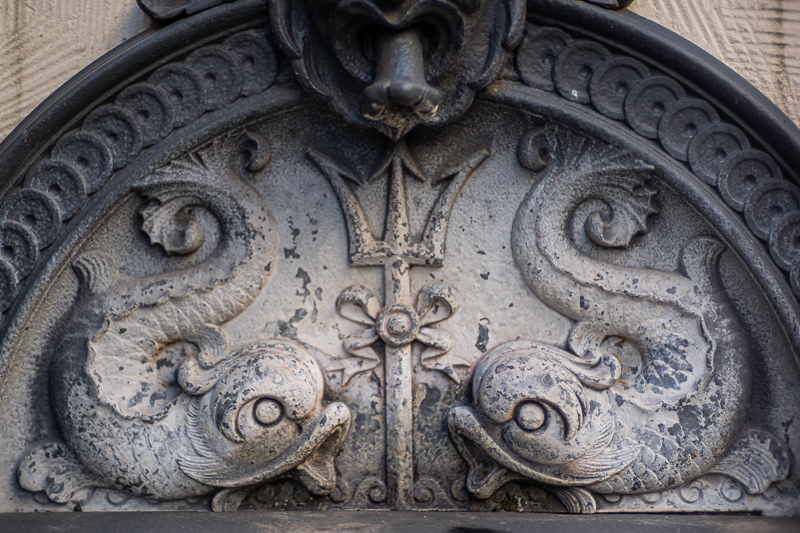
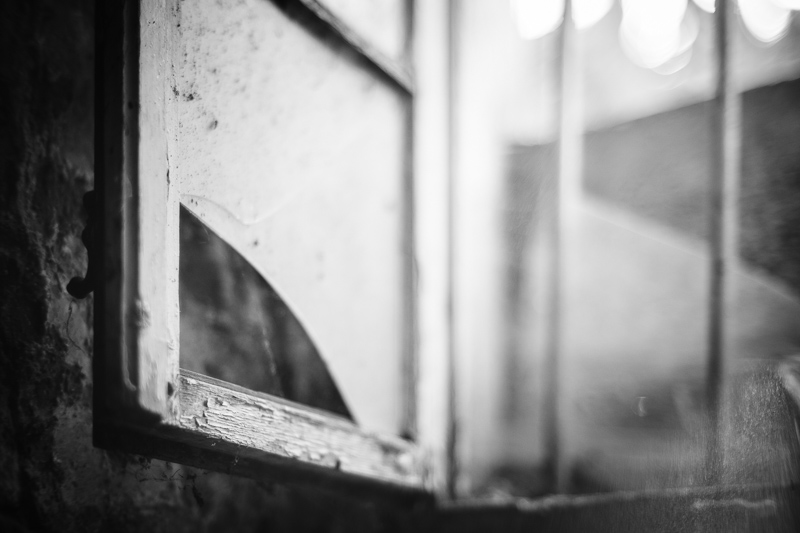
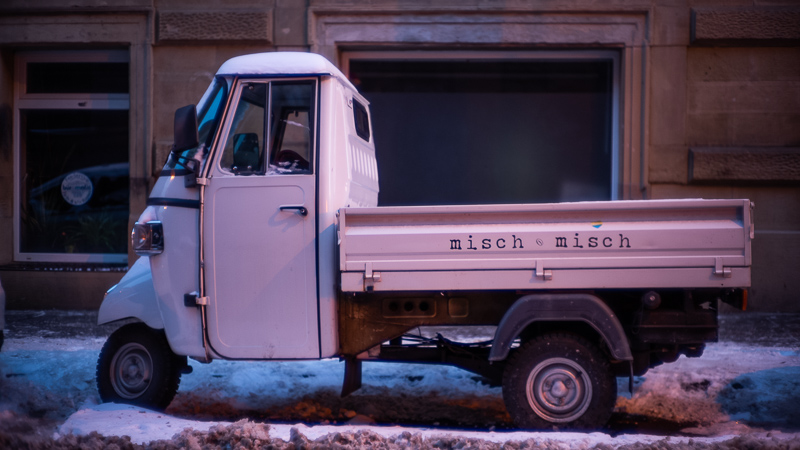

You can find most of the sample images in full resolution here.
Further Reading
- Sony FE lenses: Our comprehensive and independent guide
- Guide to the best 50mm lenses
- Review: Zhong Yi 50mm 0.95 II
- Review: Sigma 35mm 1.2 Art DG DN
Support Us
Did you find this article useful or just liked reading it? Treat us to a coffee!
![]()
![]()
![]() via Paypal
via Paypal
This site contains affiliate links. If you make a purchase using any of the links marked as affiliate links, I may receive a small commission at no additional cost to you. This helps support the creation of future content.
Latest posts by BastianK (see all)
- Review: SLRmagic 50mm 0.95 Hyperprime LM - July 5, 2025
- Full Resolution Pictures getting fixed - July 4, 2025
- Analogue Adventures Part 42: A wedding with Eastman Double-X 200 - July 2, 2025






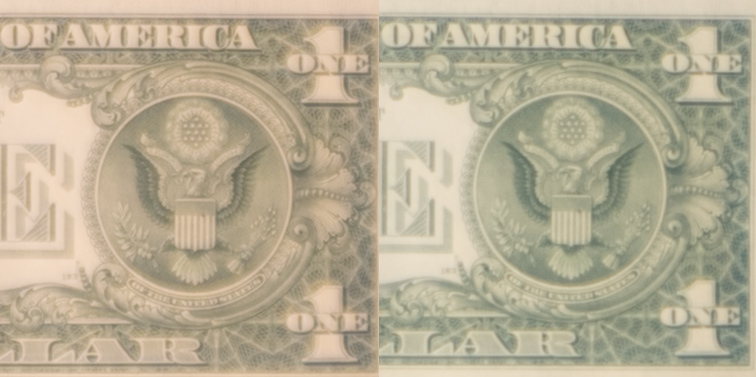
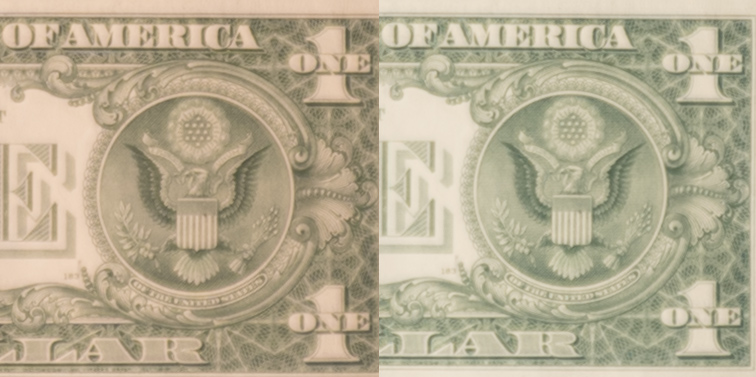
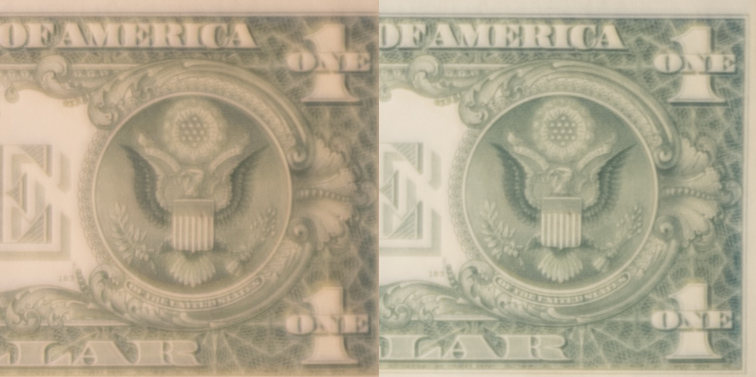
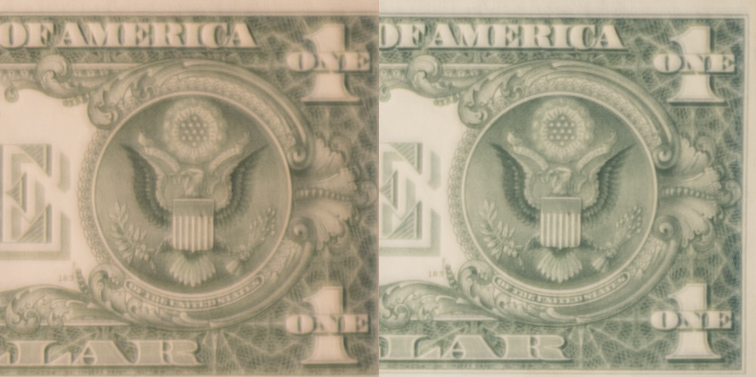
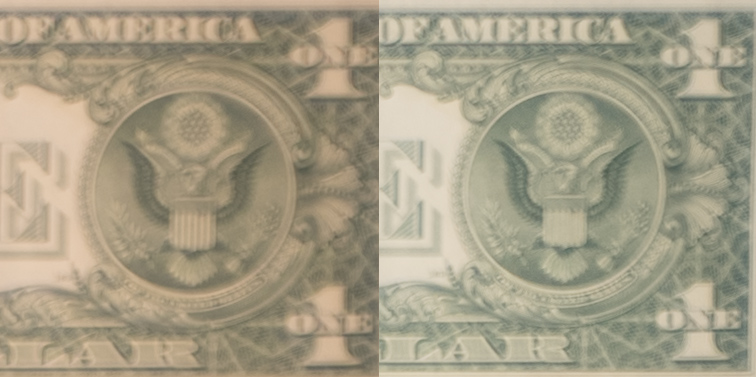
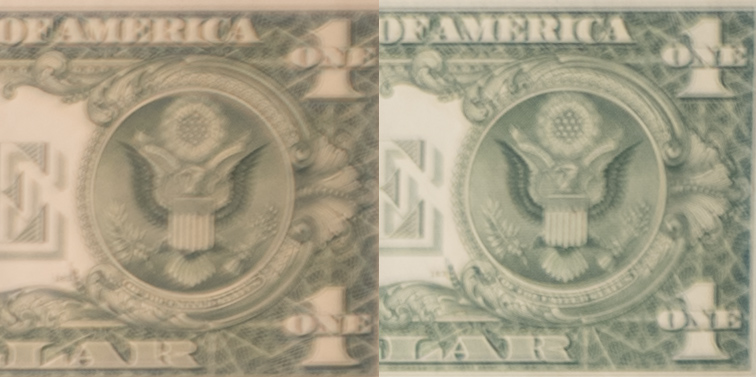




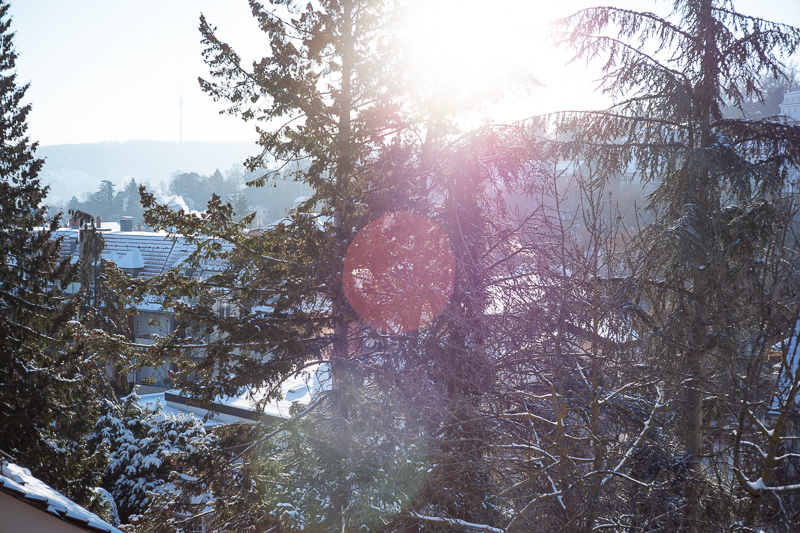
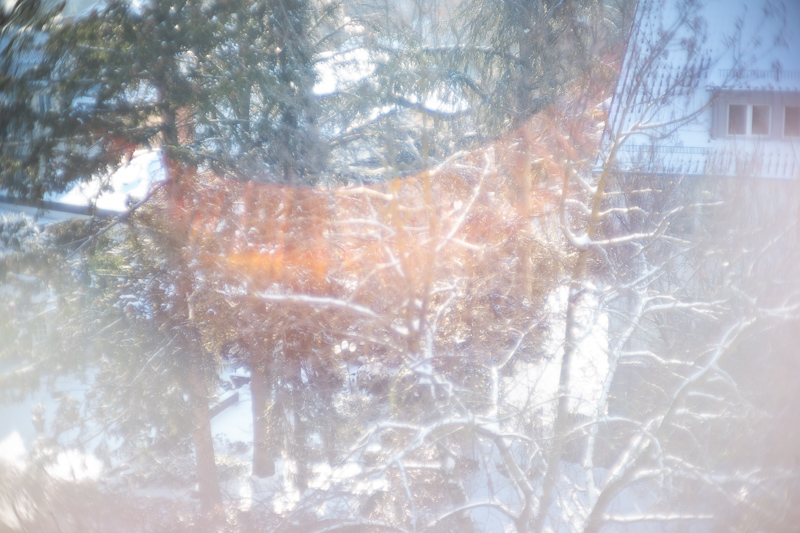
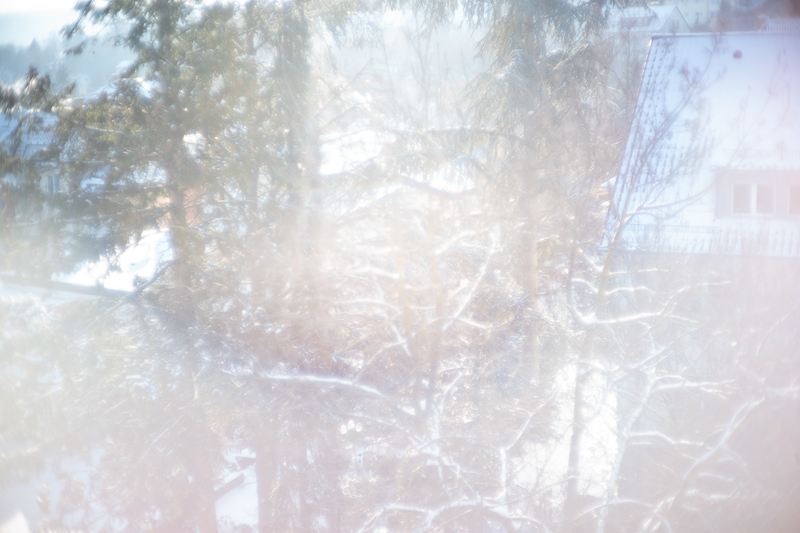
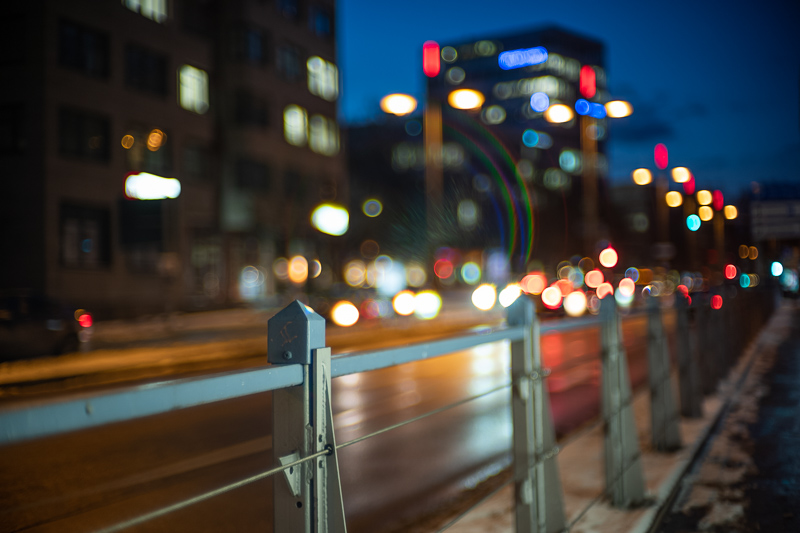
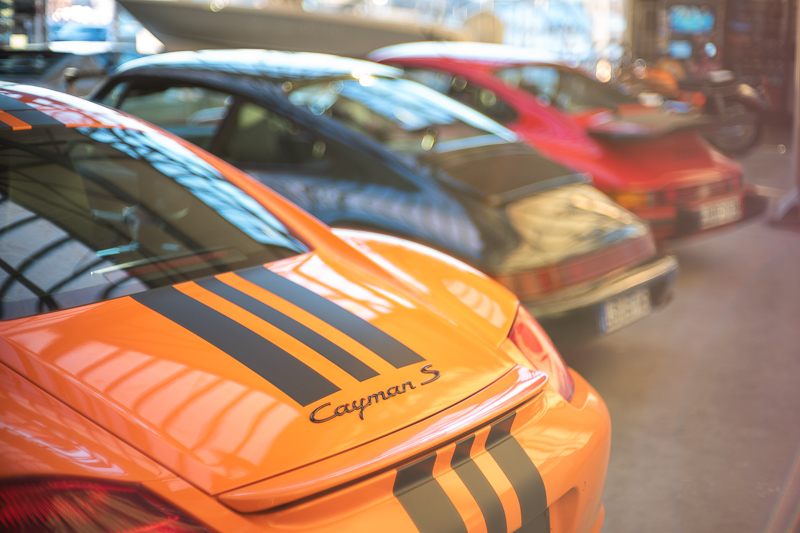
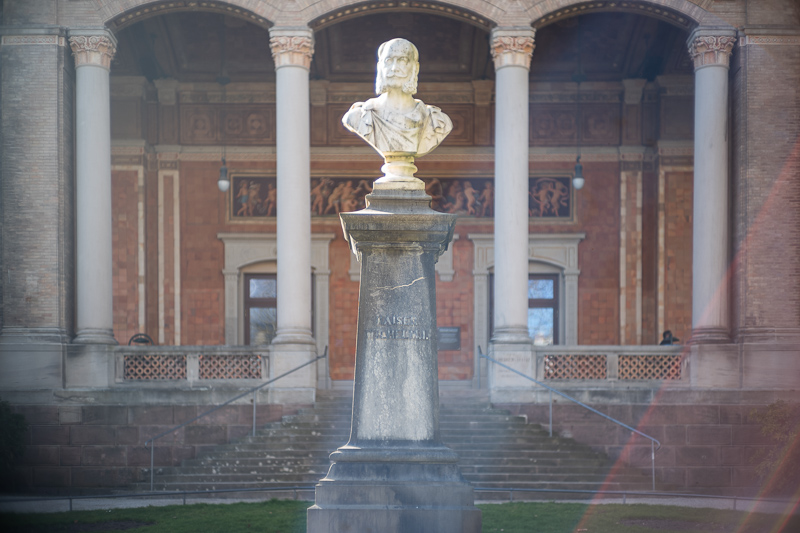

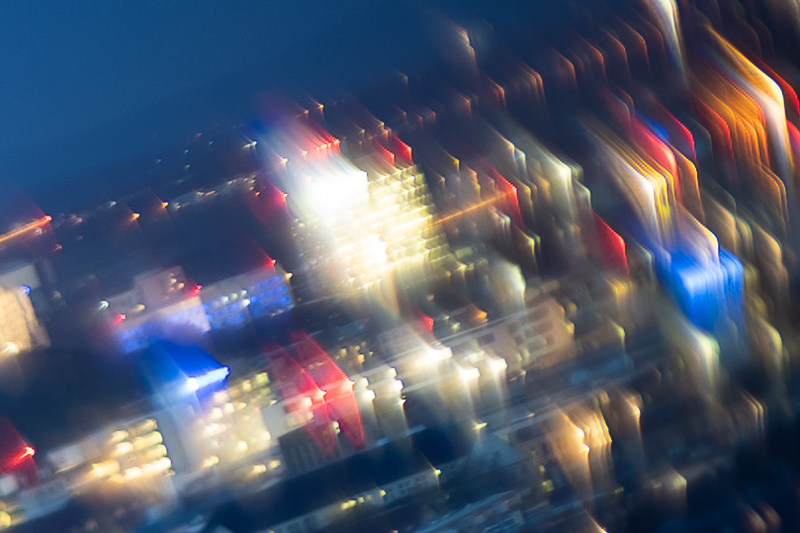
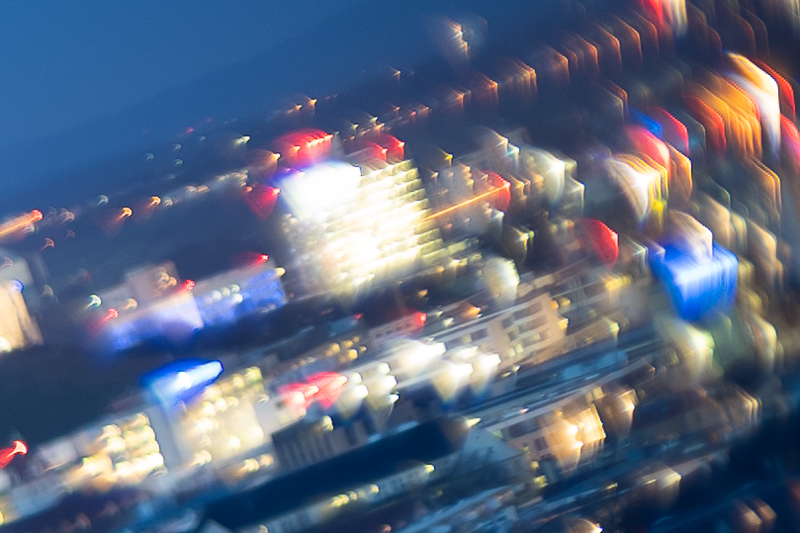
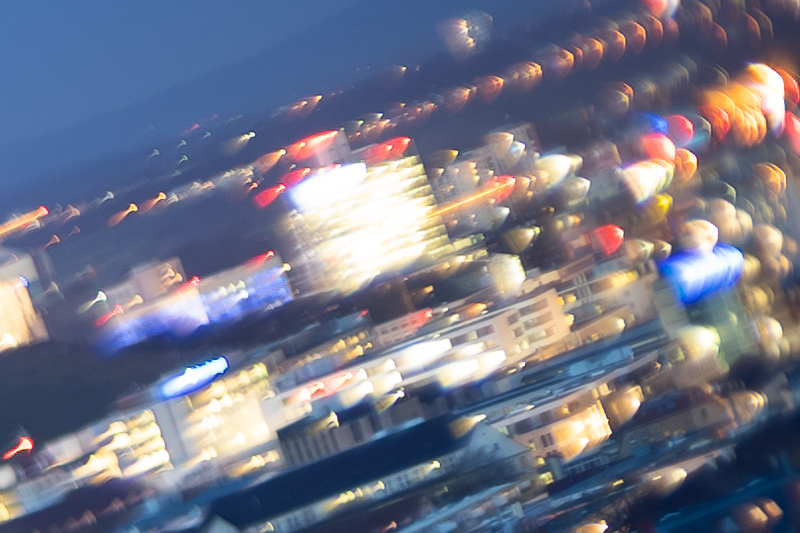
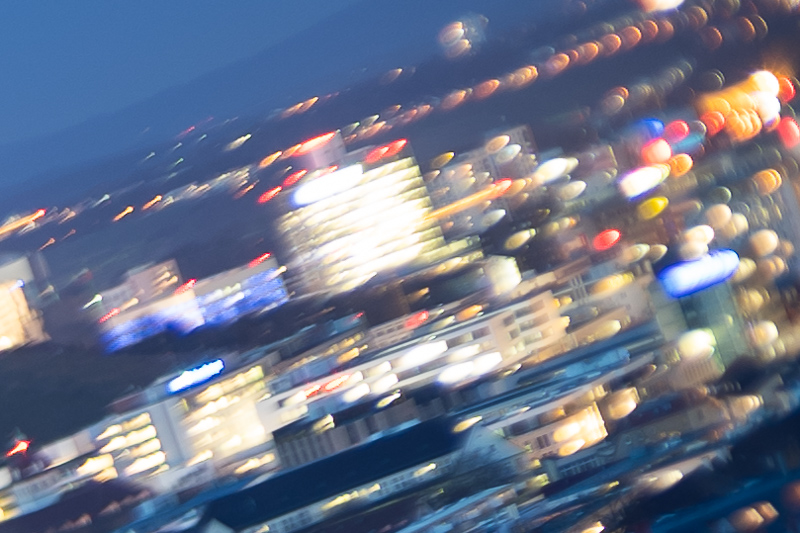
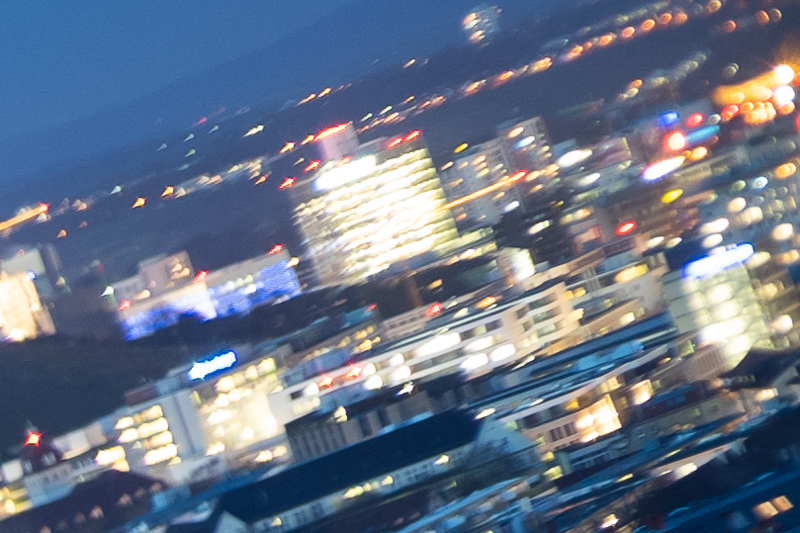

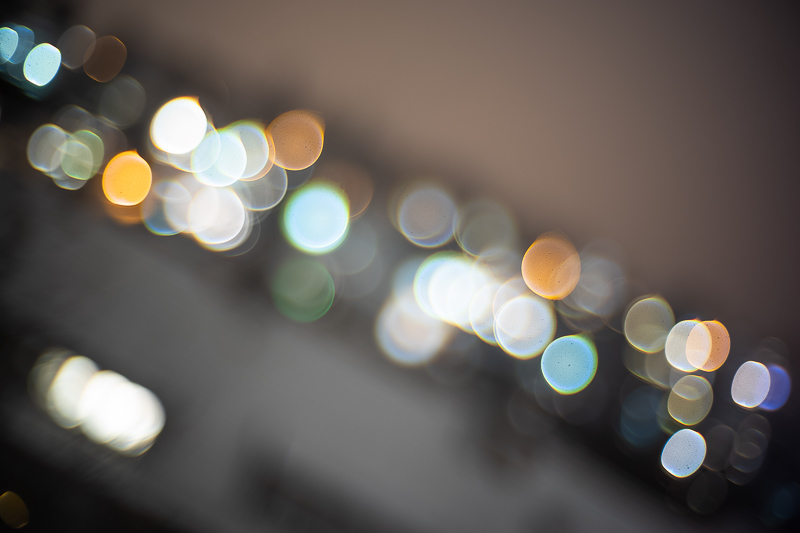
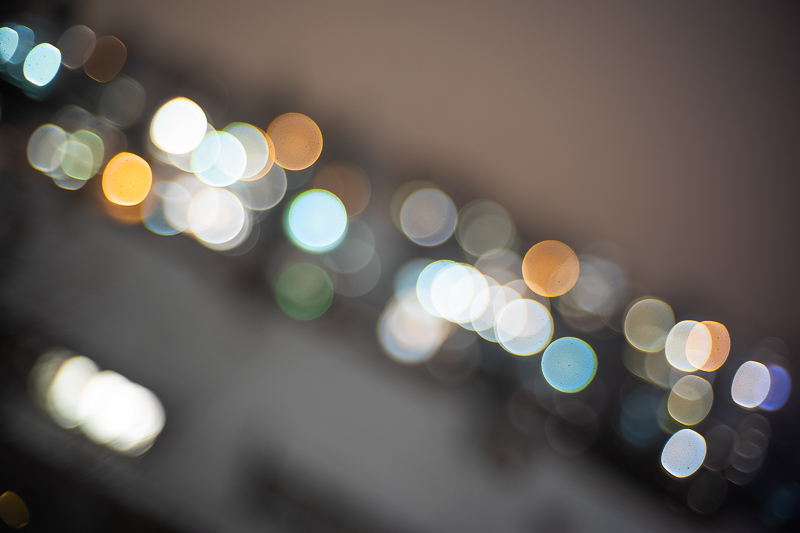
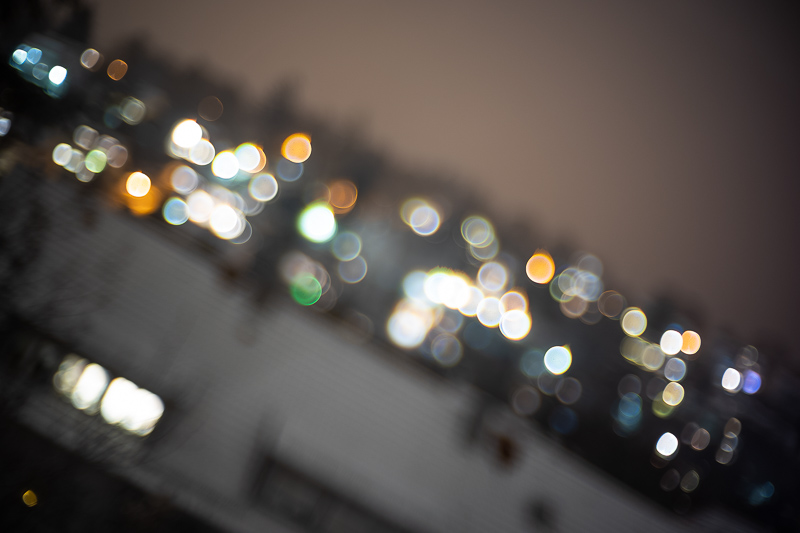
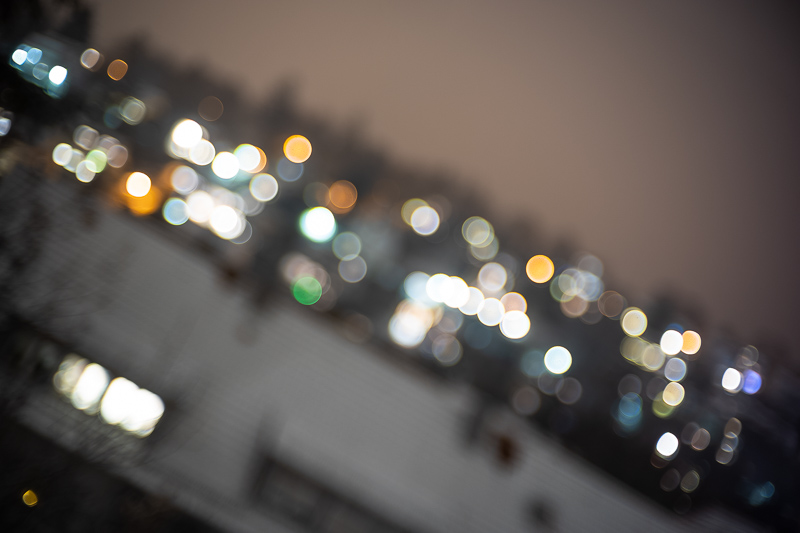


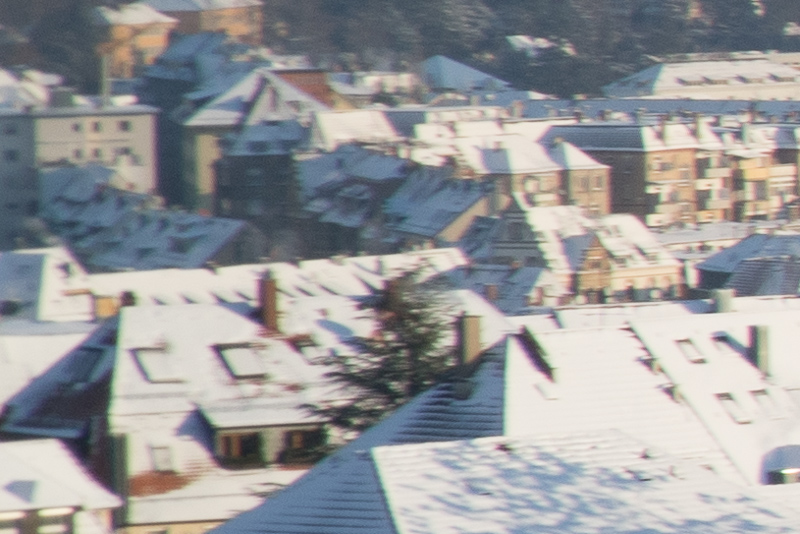
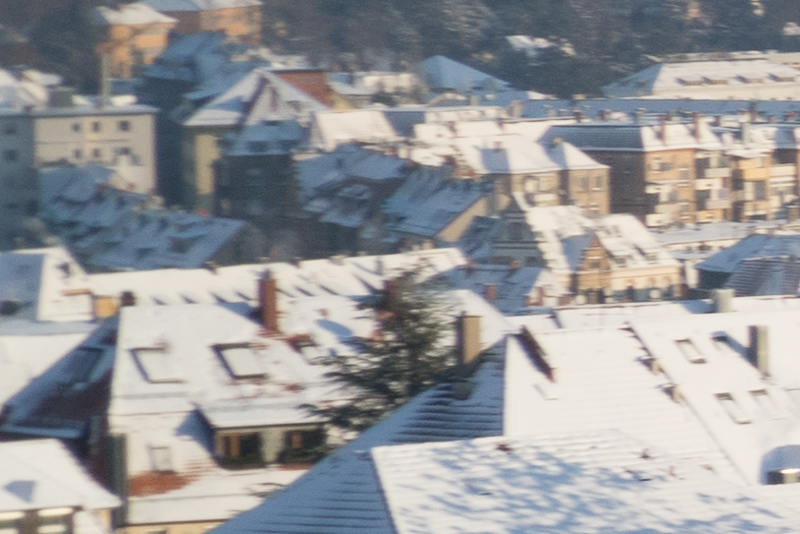

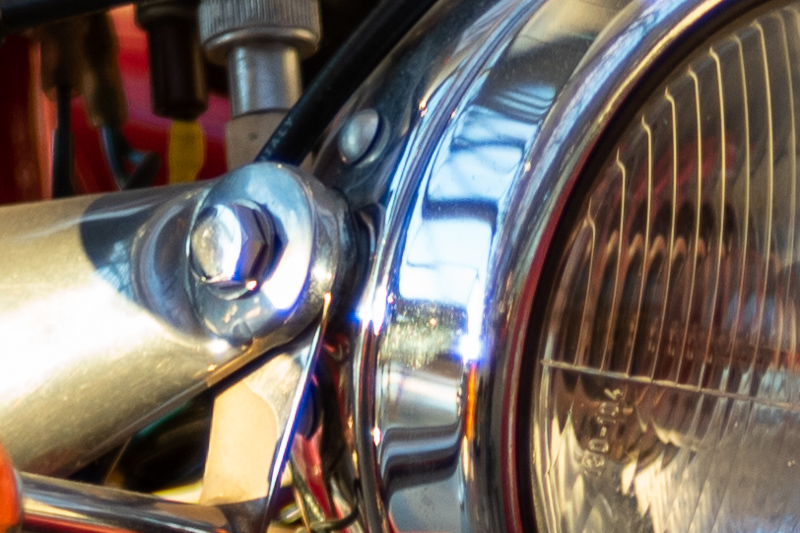
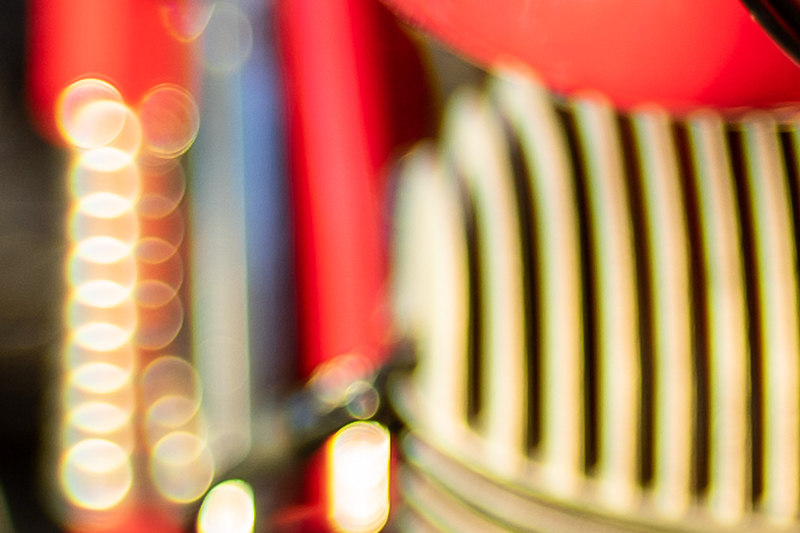
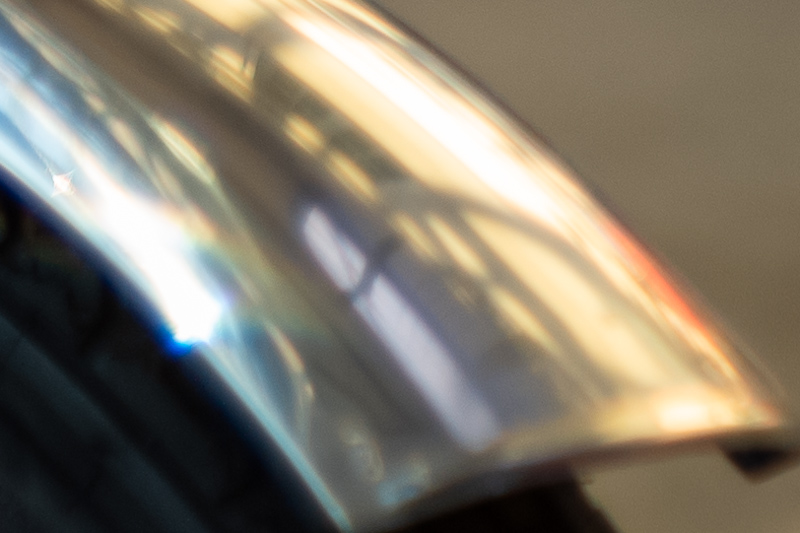
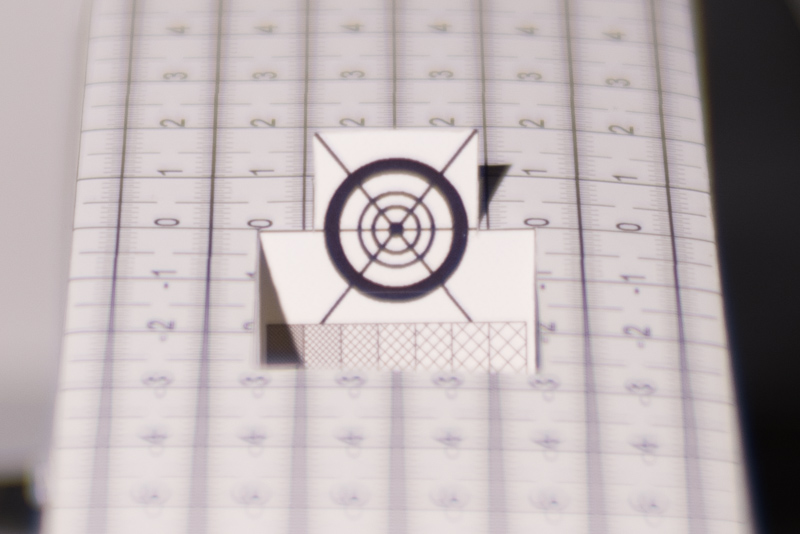

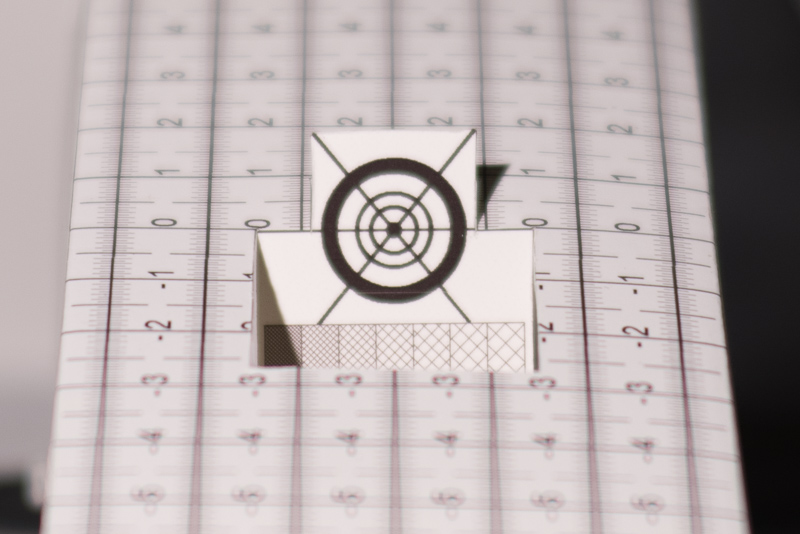
Thank you for another interesting review of another unusual lens. This one definitely doesn’t make much sense to buy as there are more affordable “character” lenses like the mentioned 7Artisan, or maybe even Jupiter 3 (or its “original” from Zeiss) as a slower alternative. Still a very interesting read and a curiosity satisfied. 🙂
Cool lens, looks like it has a nice “look” to it and is capable of taking good pictures. Though, it would be one of the last lenses I would spend $1400 on. Often it seems like these lenses are designed only to work well after being stopped down quite a bit
Reminds me 7artisans 1.1 quite a bit, although 7artisans does seem quite a bit sharper to me when comparing my results and samples here. I think that if you’re after “character” 7a is an overall better (funky enough wide open yet sharp enough throughout the frame by 5.6-8, and not that much bigger).
It’s also much cheeper option… Heck, even C-sonnar 50 1.5 is quite a bit cheaper!
Yeah, also reminds me of the 7A 1.1/50…
mmm. I am in the market for an interesting 50mm….
I love Japanese things and I would like a hand made lens from a one-man outfit in Tokyo. Sounds like a dream I had.
But really why would one buy this lens? Like previous posts – 7artisans, Sonnar C or an exotic legacy (Zeiss Ultron or a Takumar)… You can buy several of these for this price..
Hope all is well. As a fan I was hoping some new reviews especially of the new tiny Sony lenses. Thank you.
It looks like none of us is personally interested in these lenses, so don’t expect a review of one of these lenses soon.
With apologies to Wallace Stevens, I repeat to myself the following verse:
They said, “You have a Sonnetar
you do not show things as they are.”
The man replied, “Things as they are
Are changed upon the Sonnetar”
A lens like that needs subject matter suitable to the changes it imposes. It is not for every photograph.
https://www.dropbox.com/s/kgef6wuu40xdhmk/Leavitt%20L1002362%20RFS.jpg?dl=0